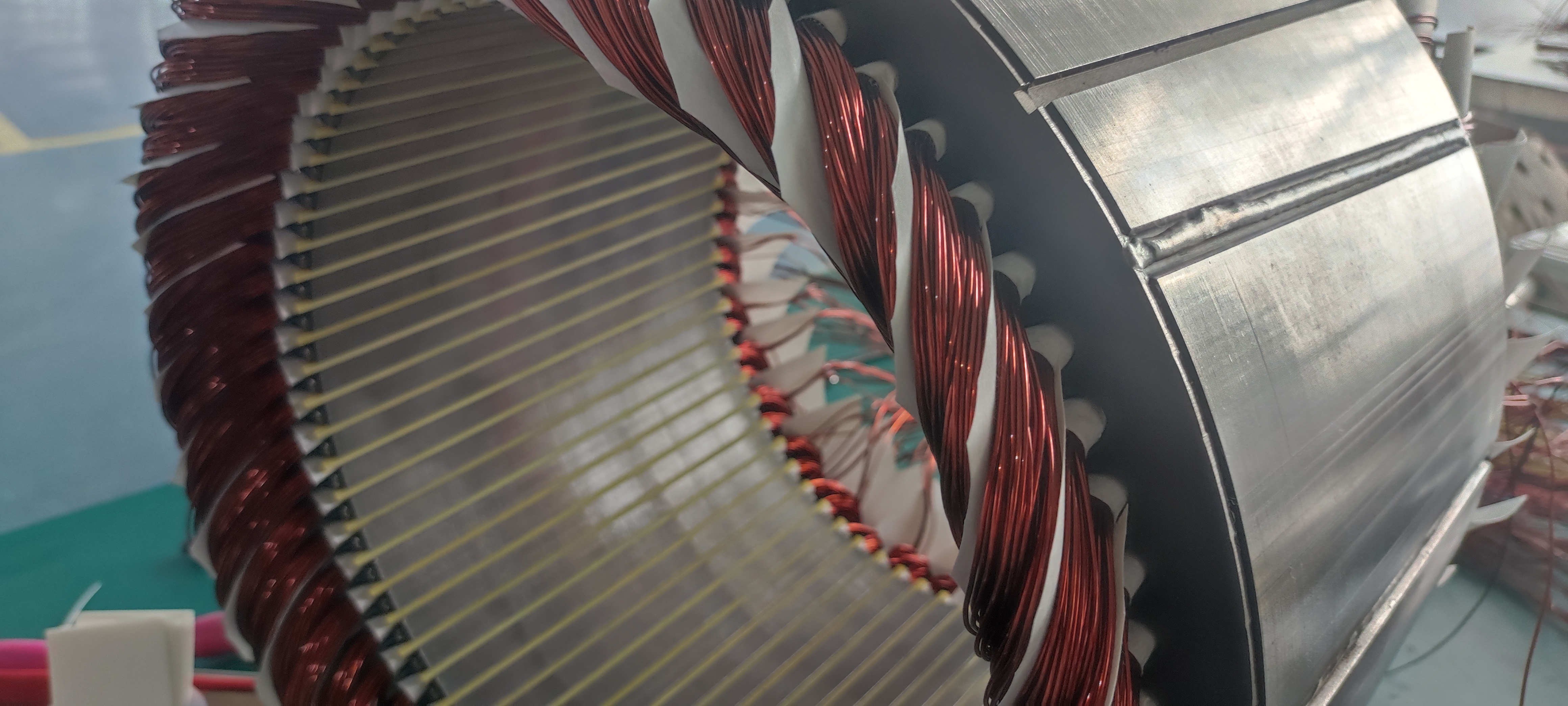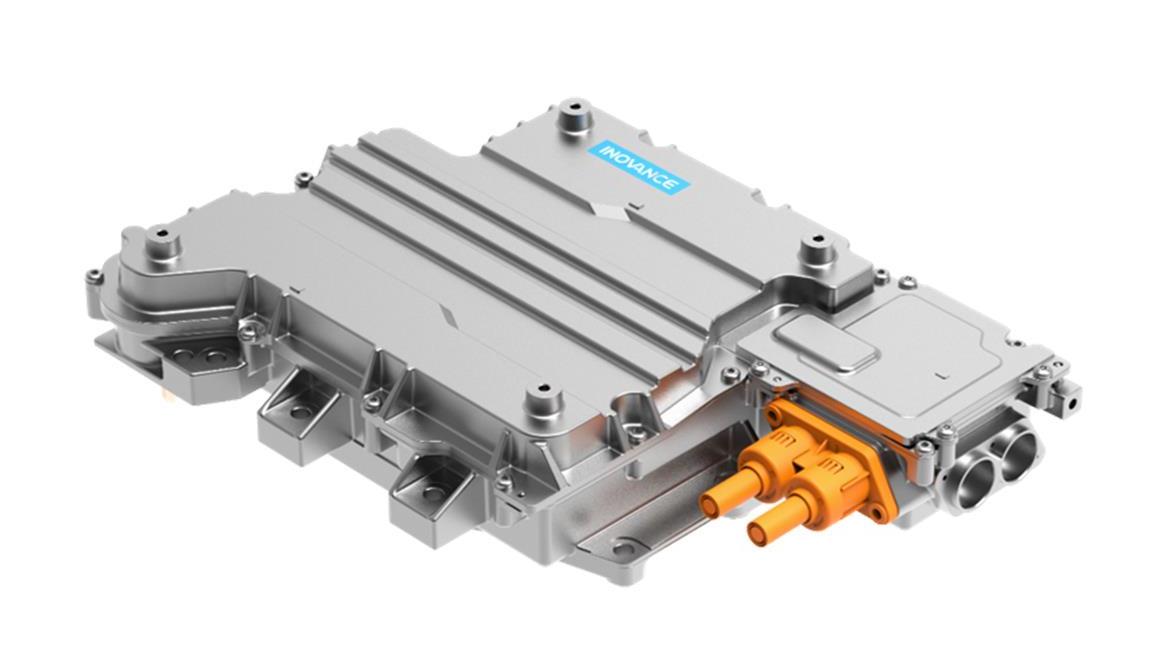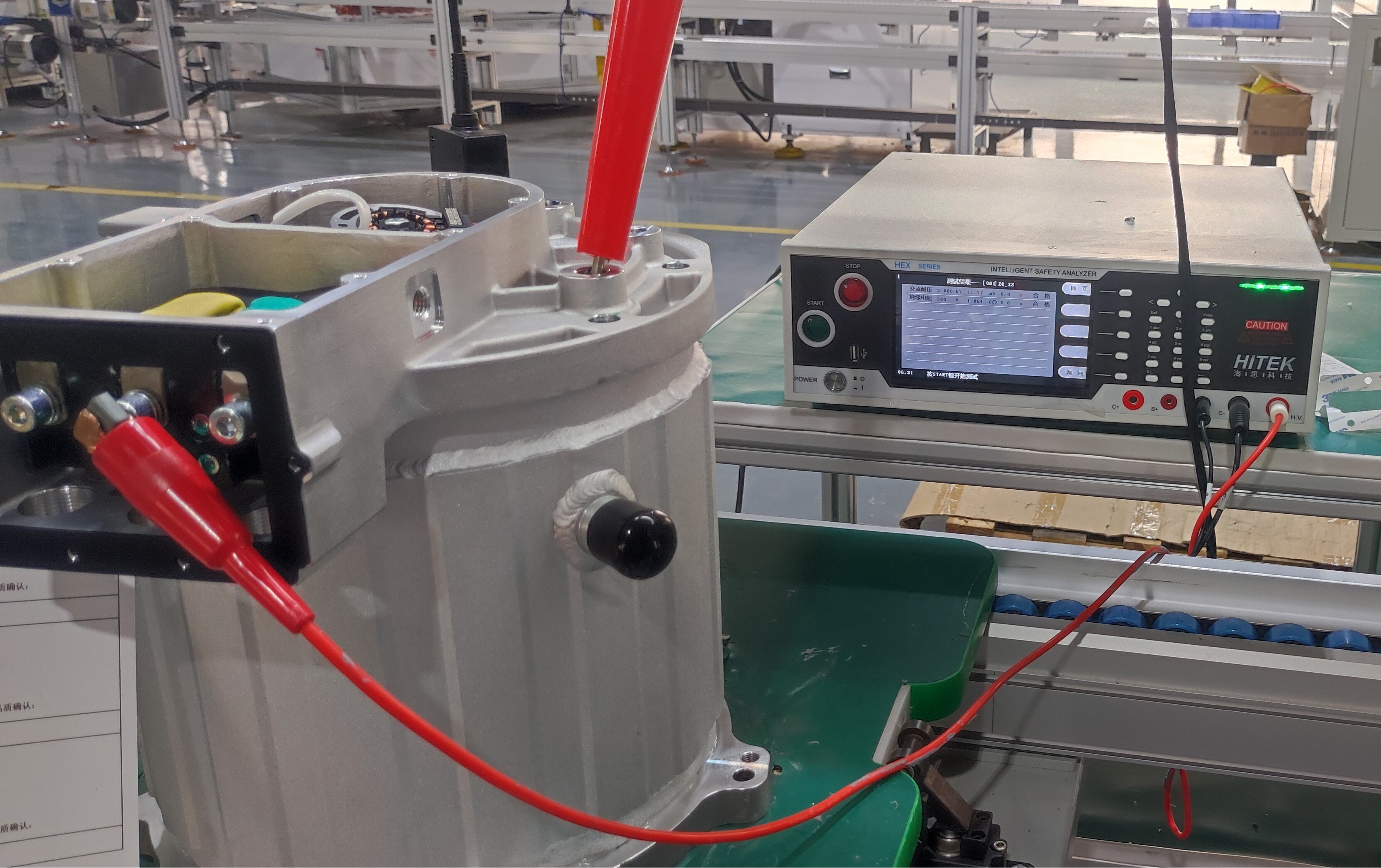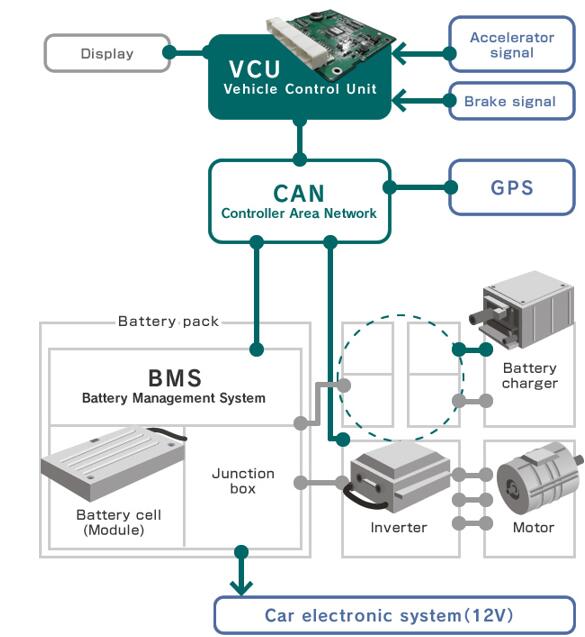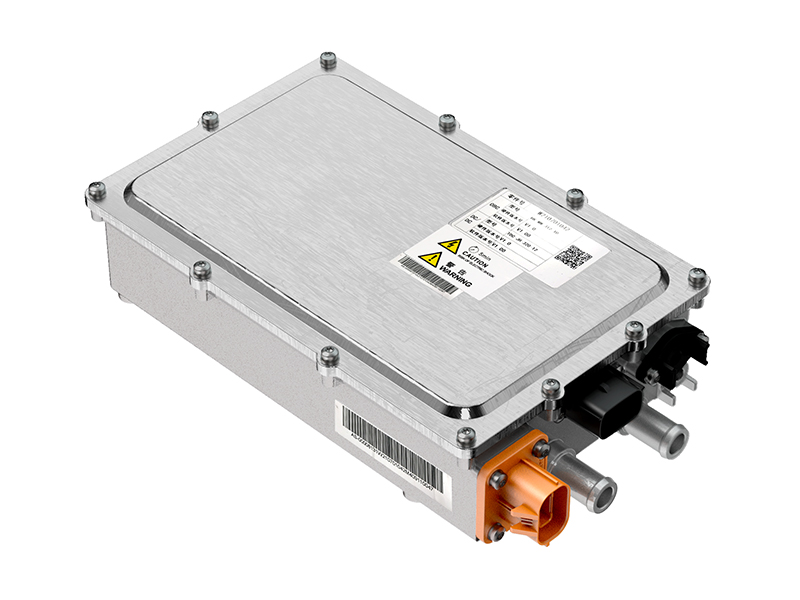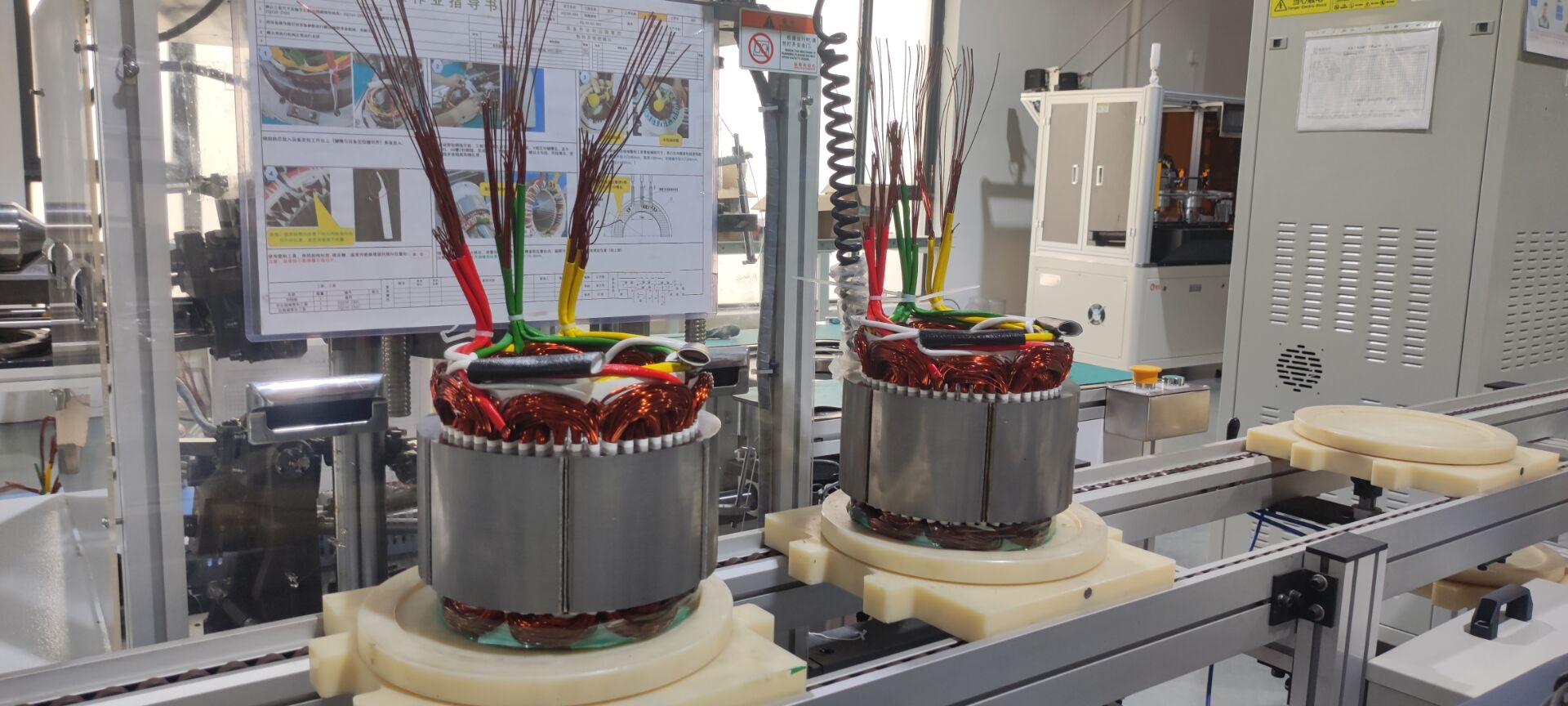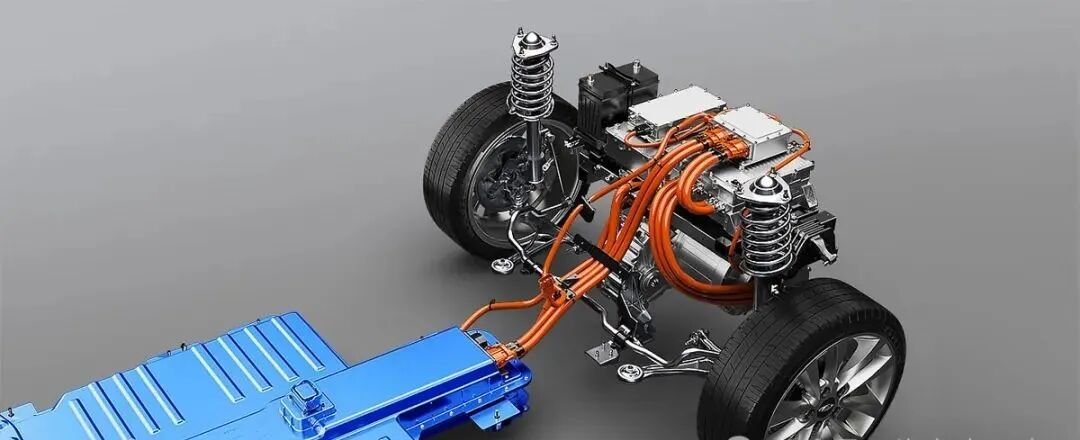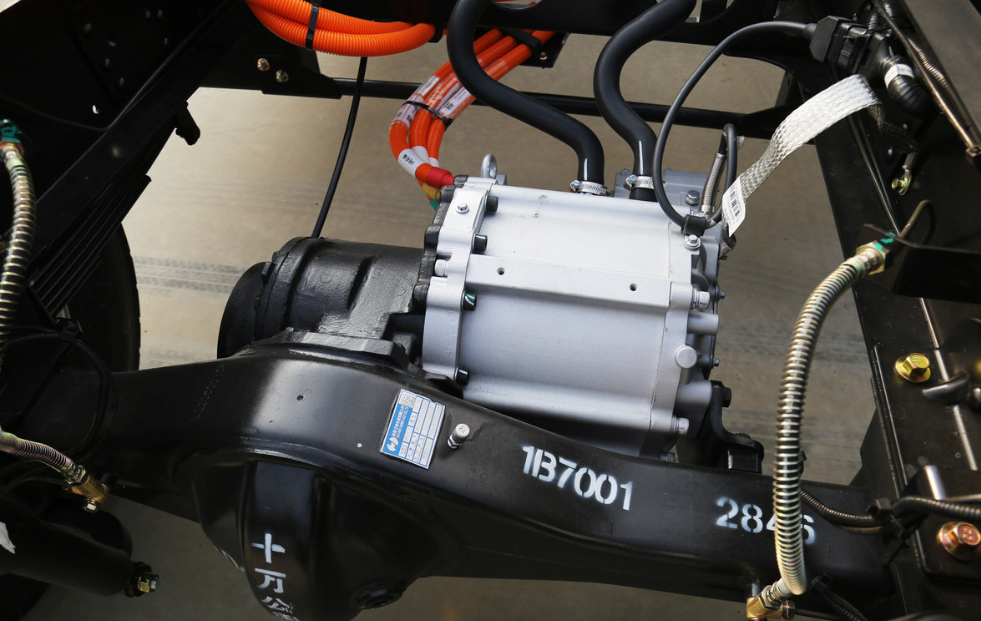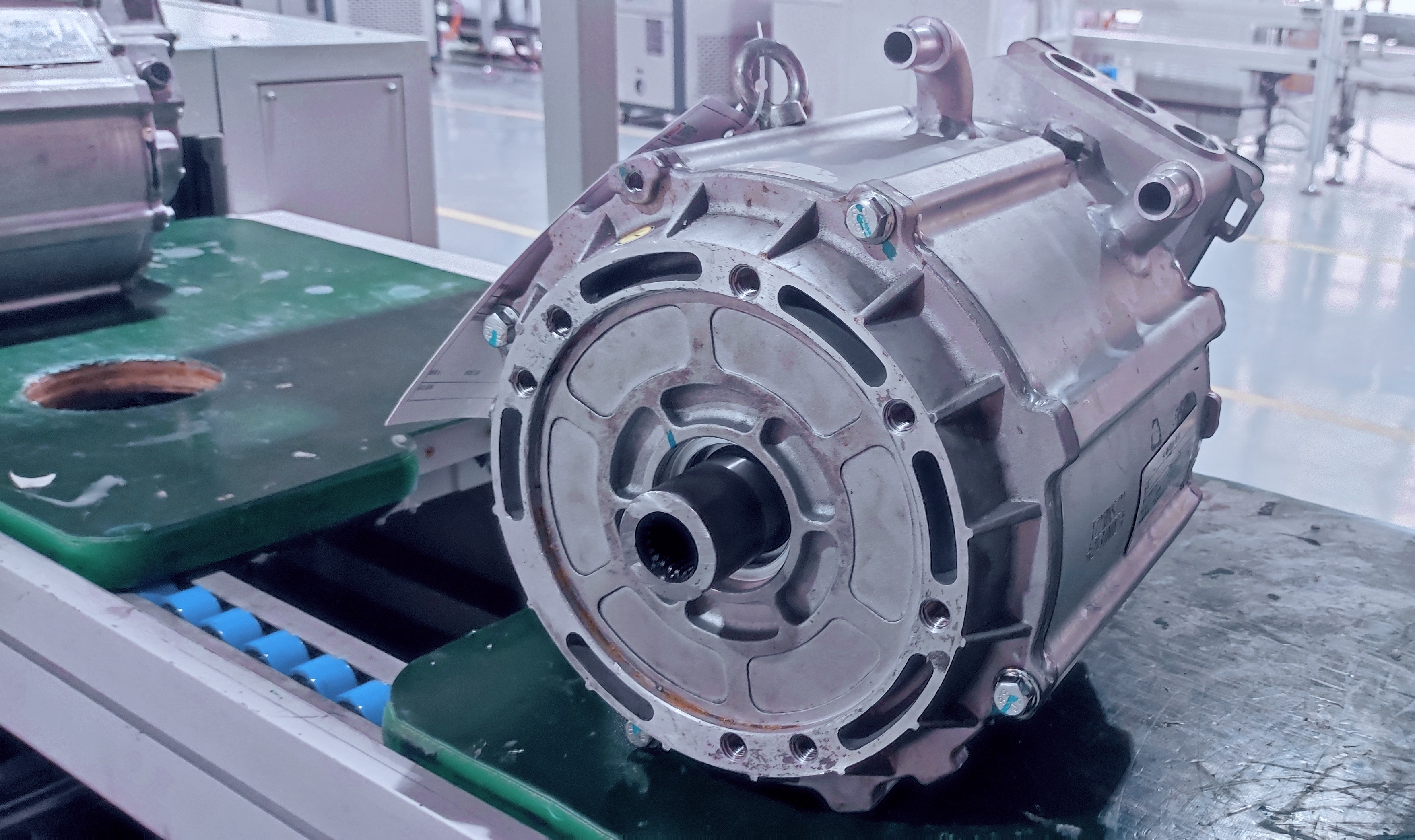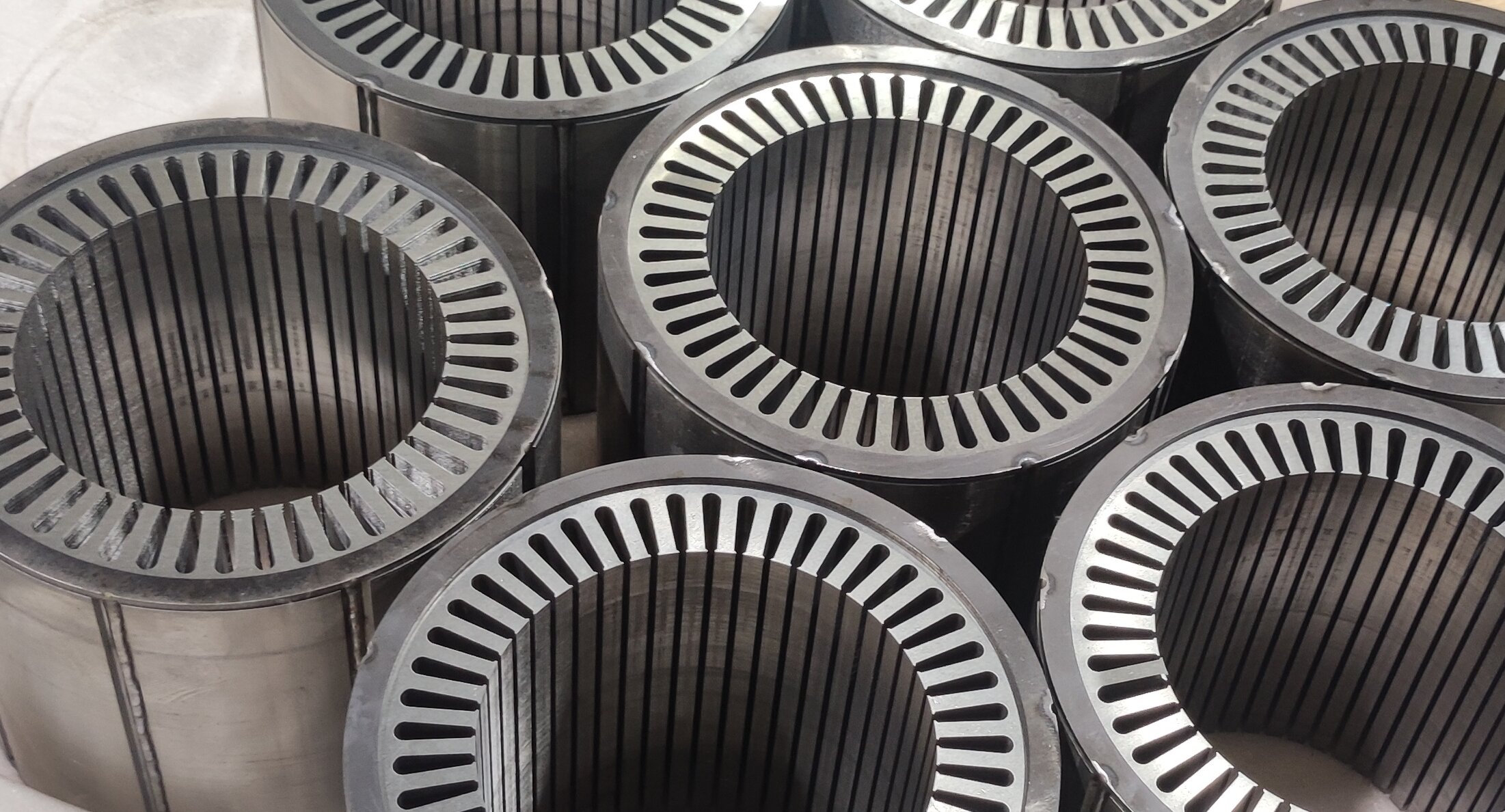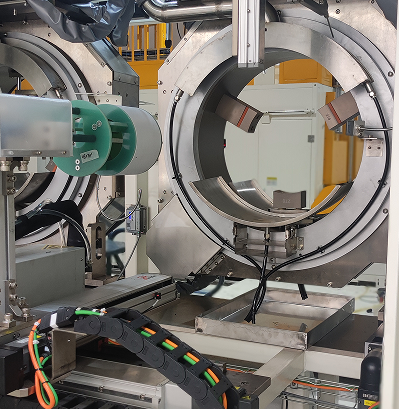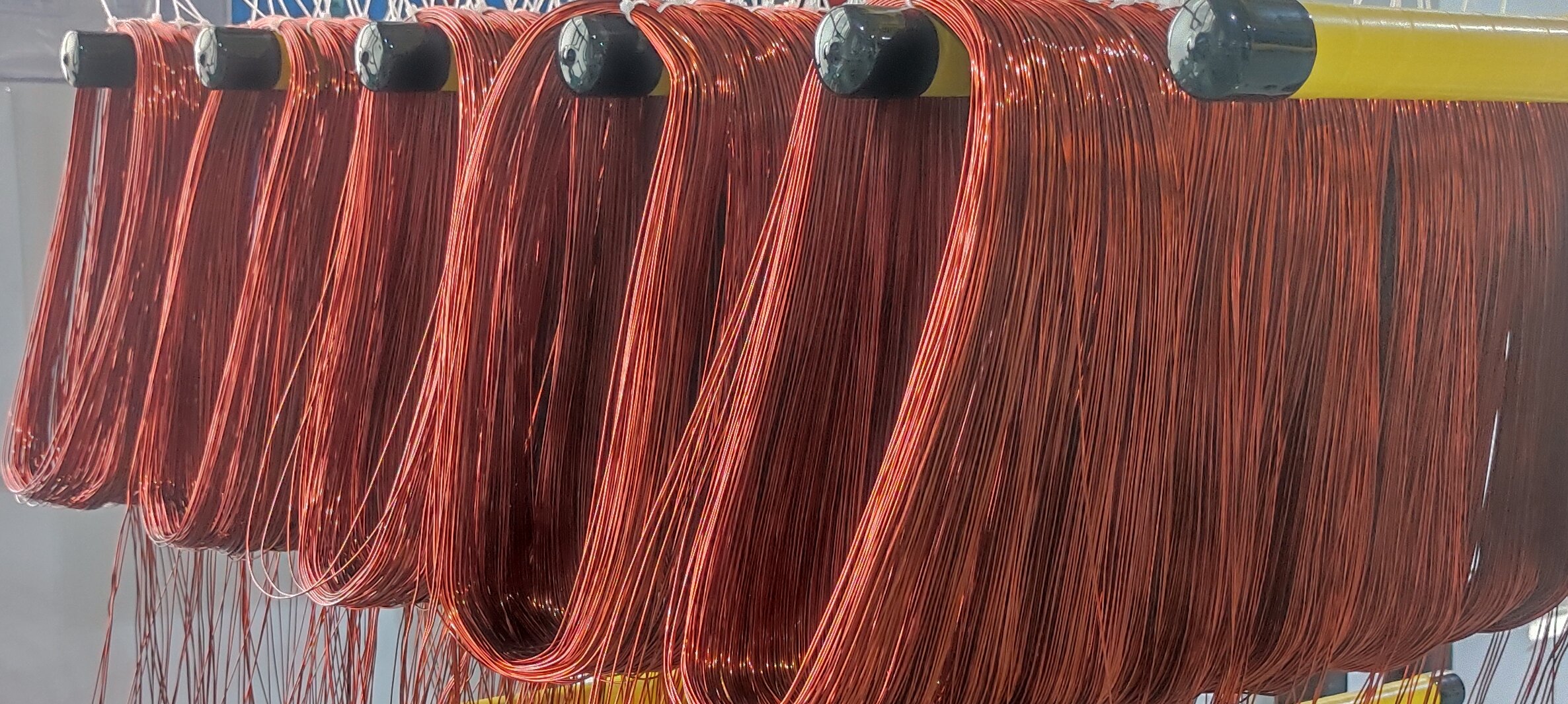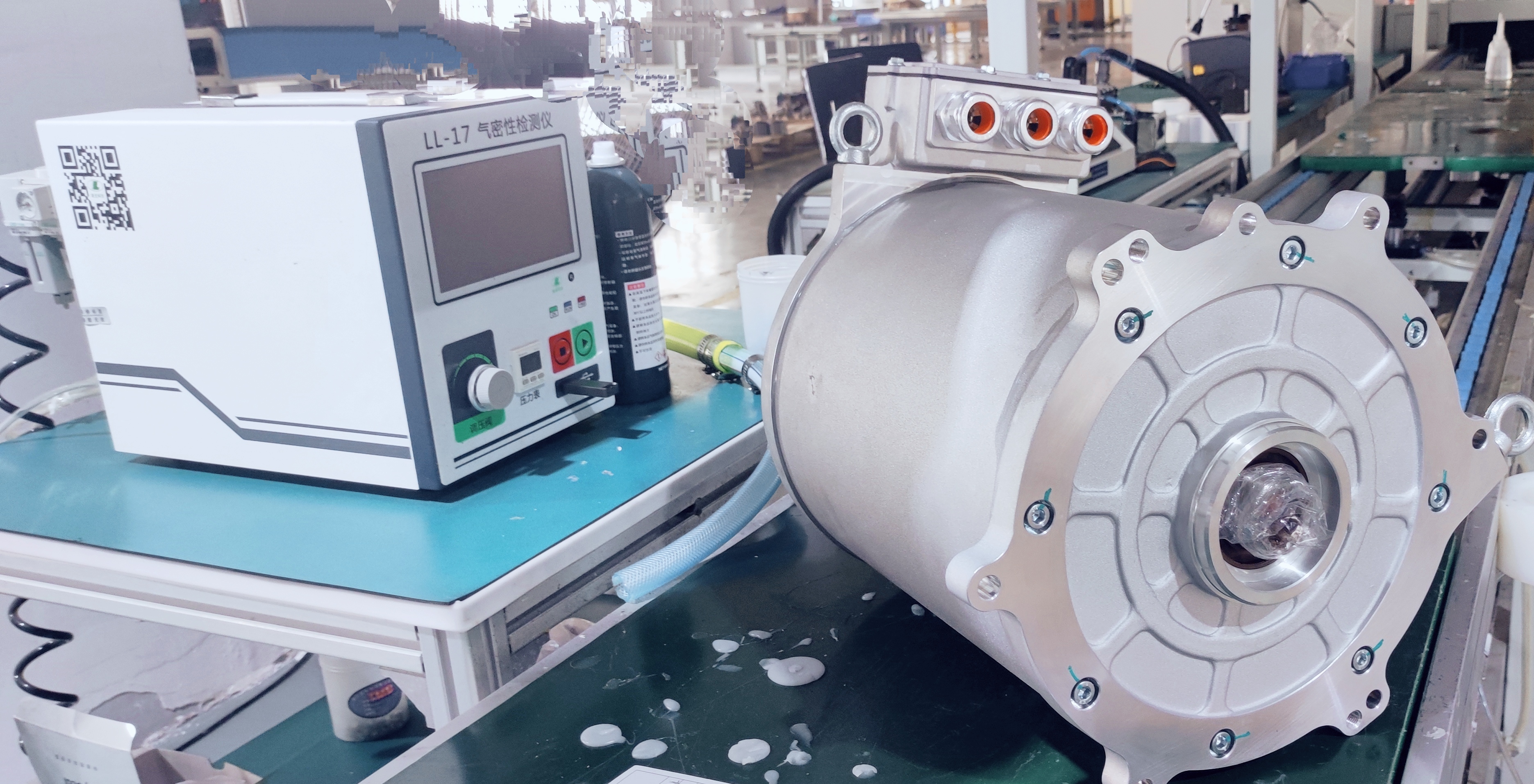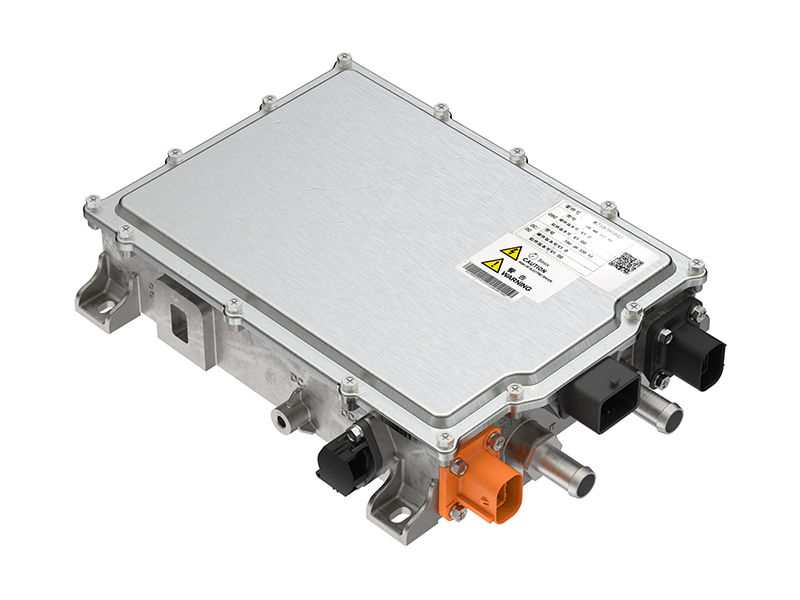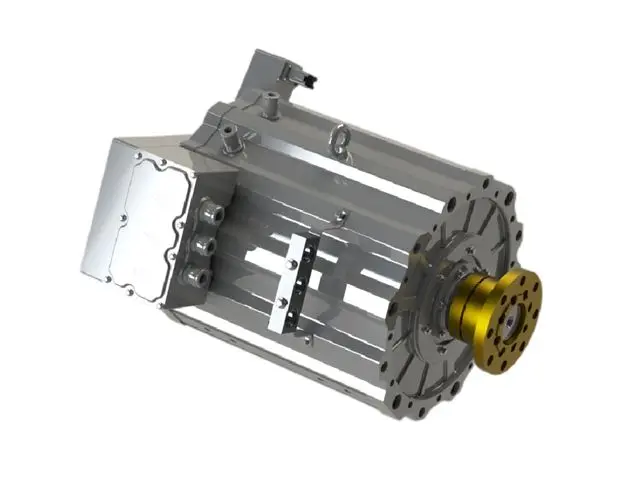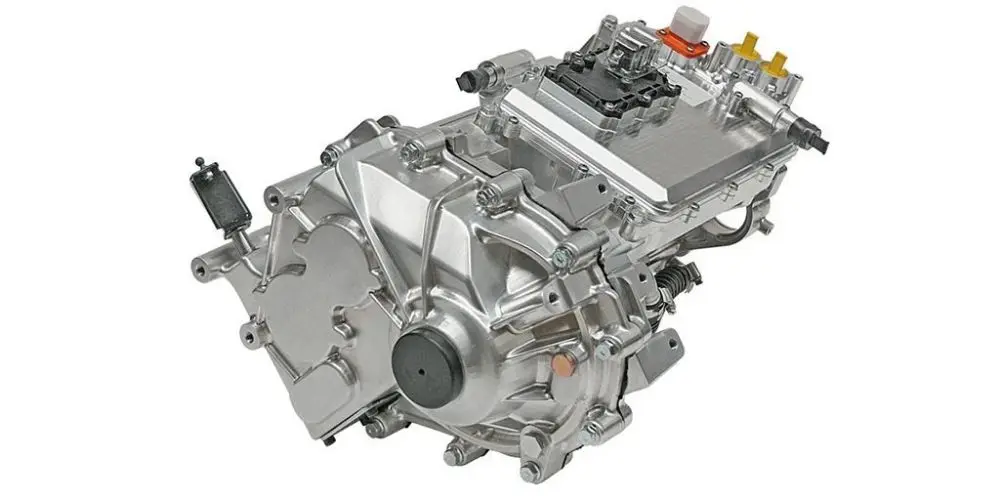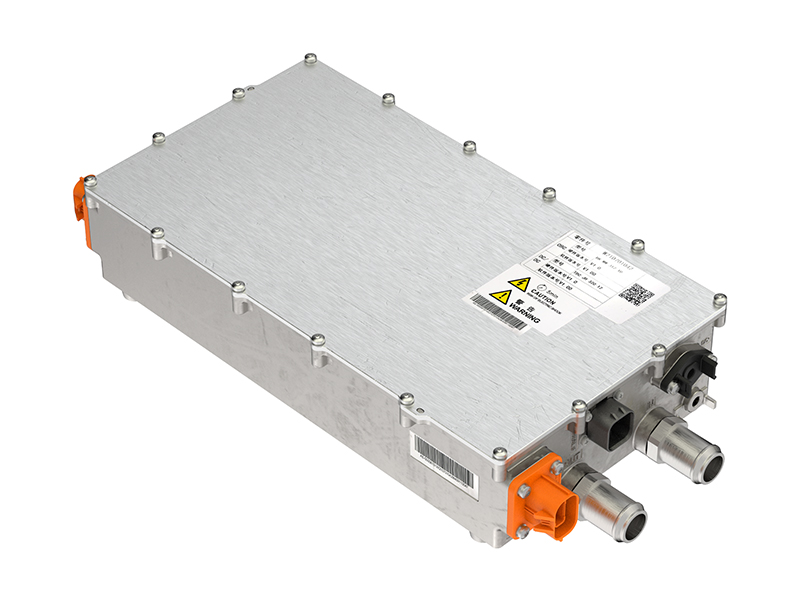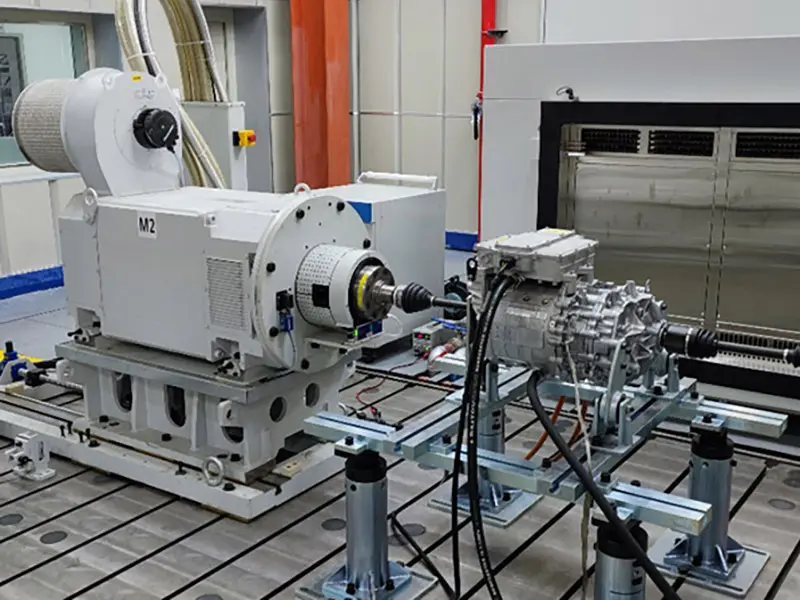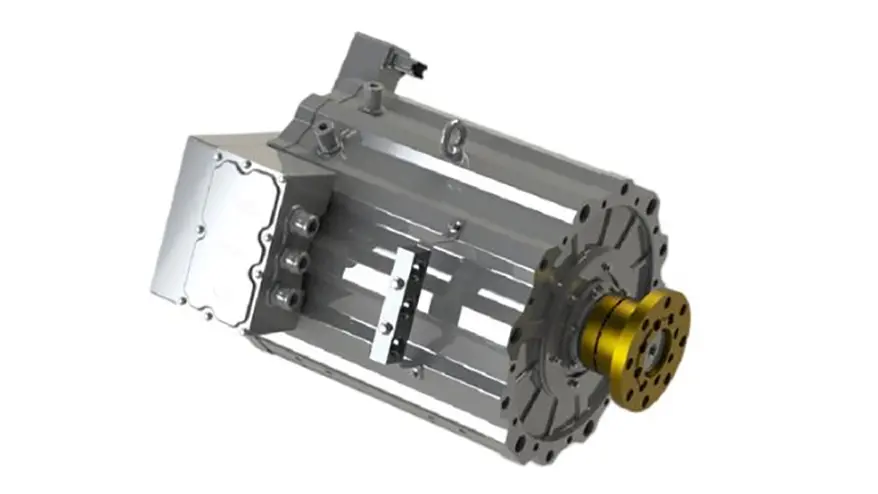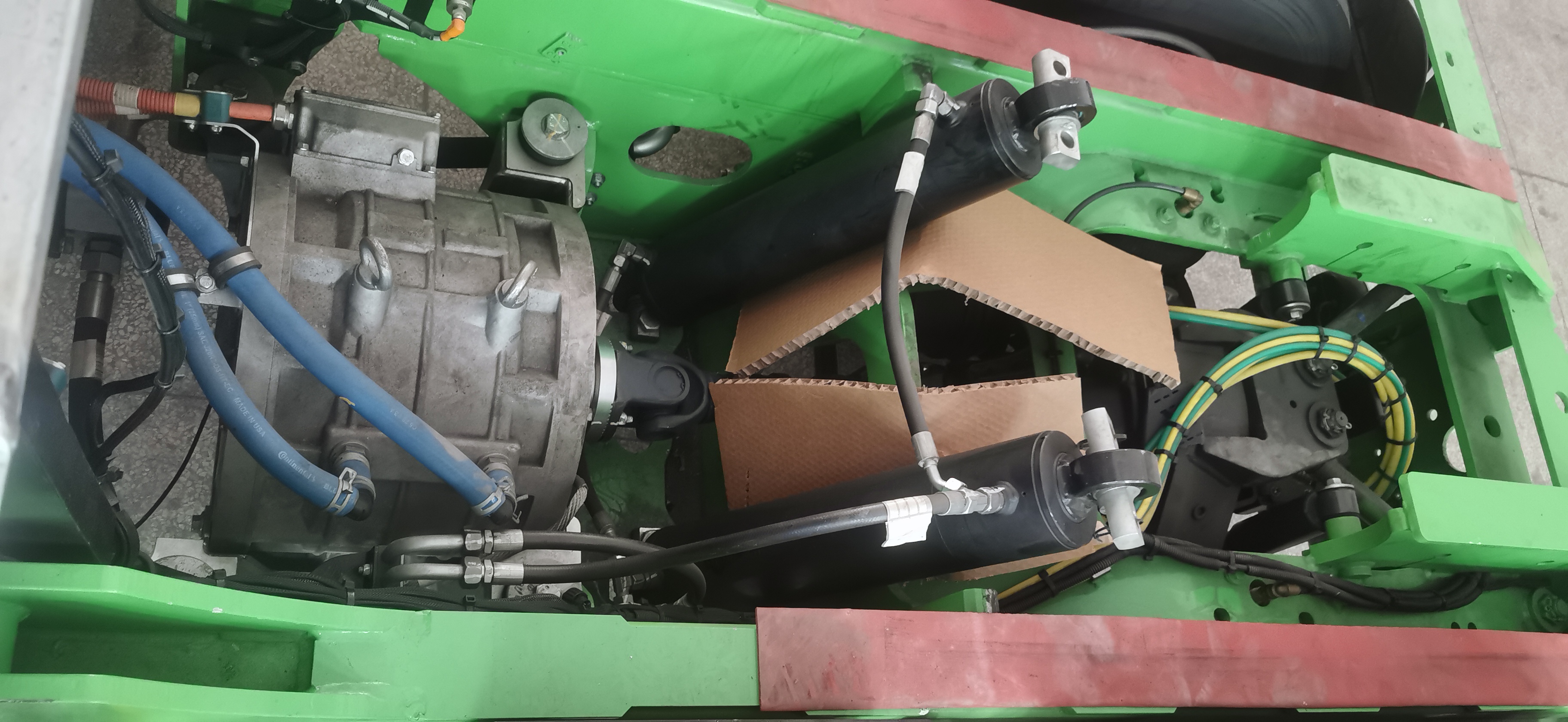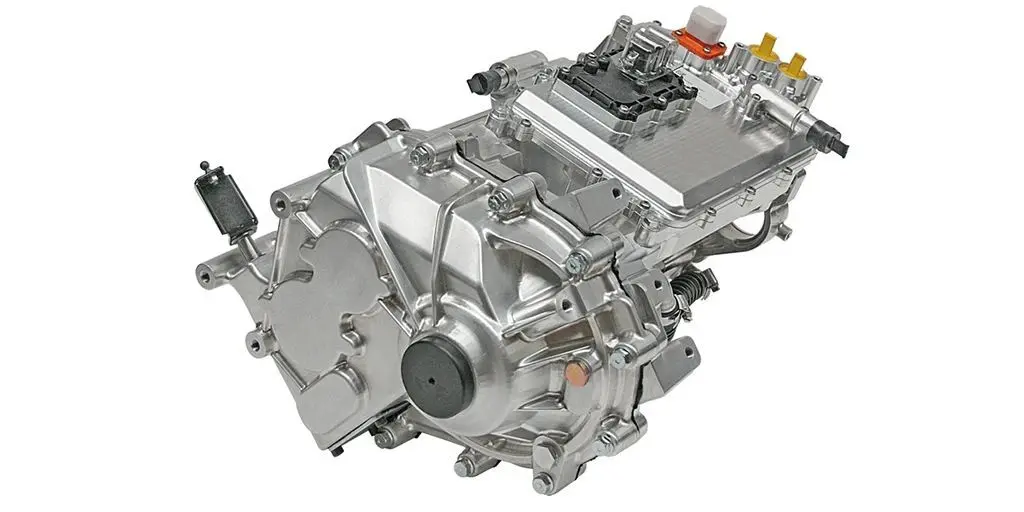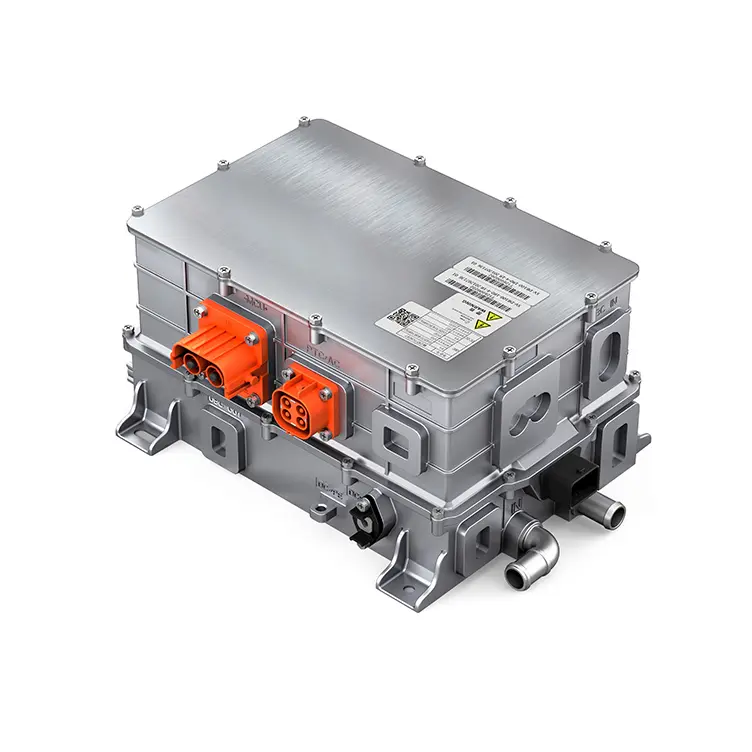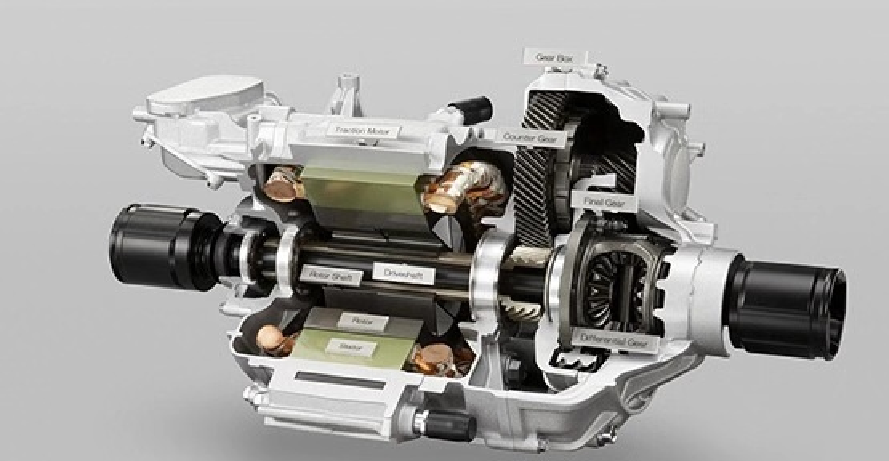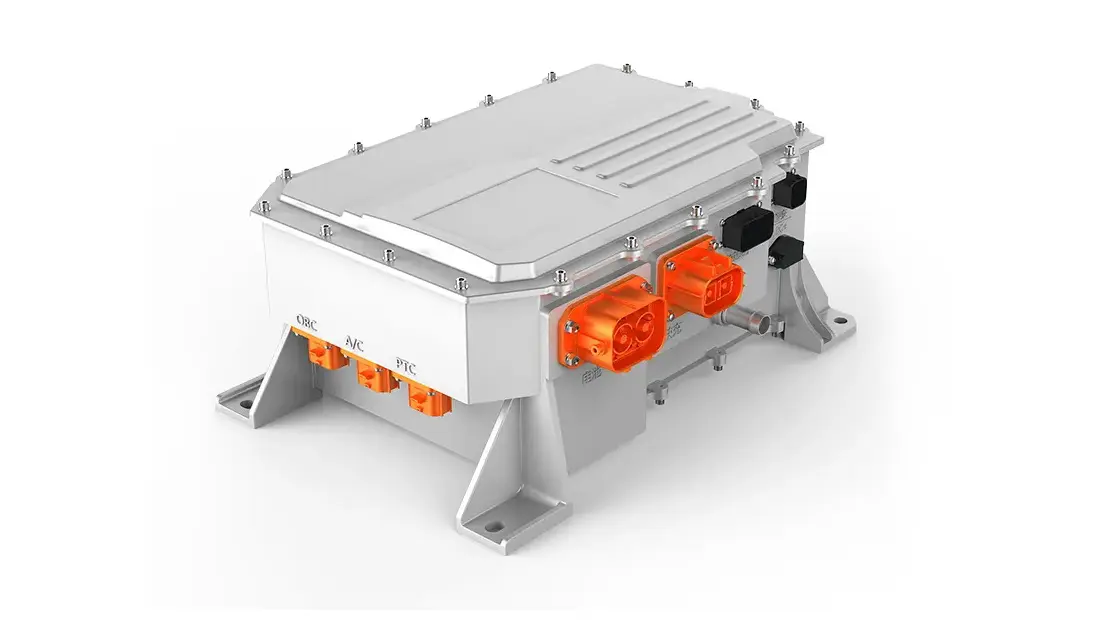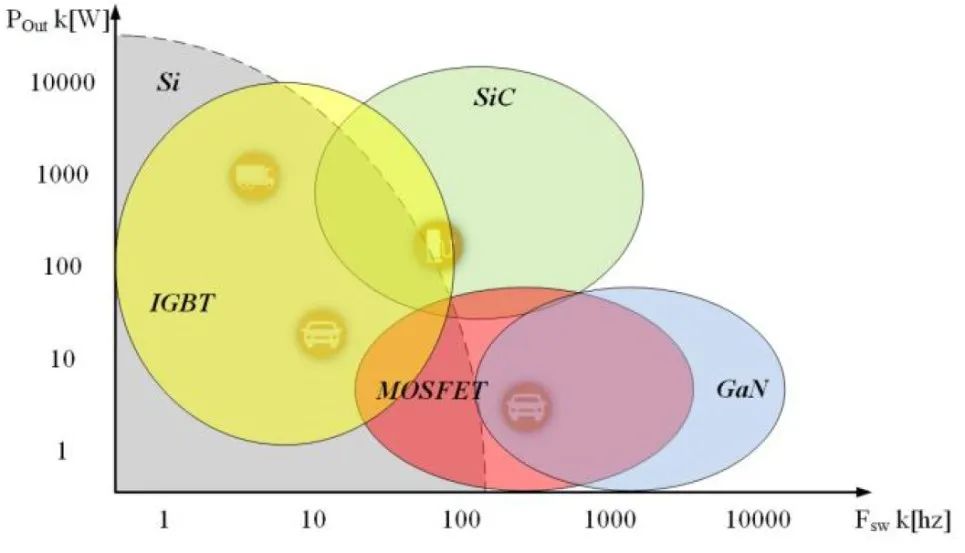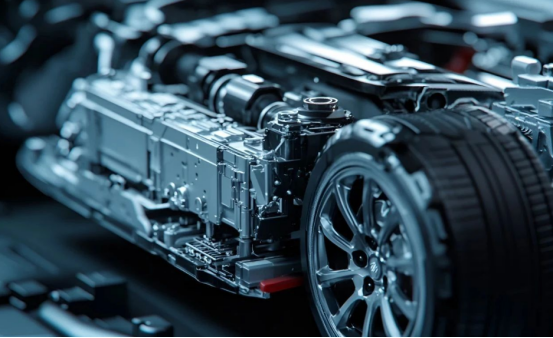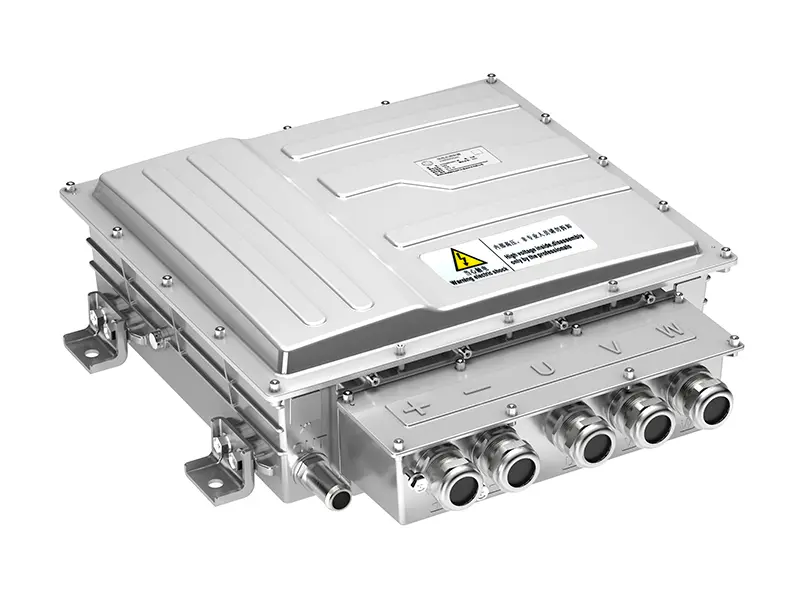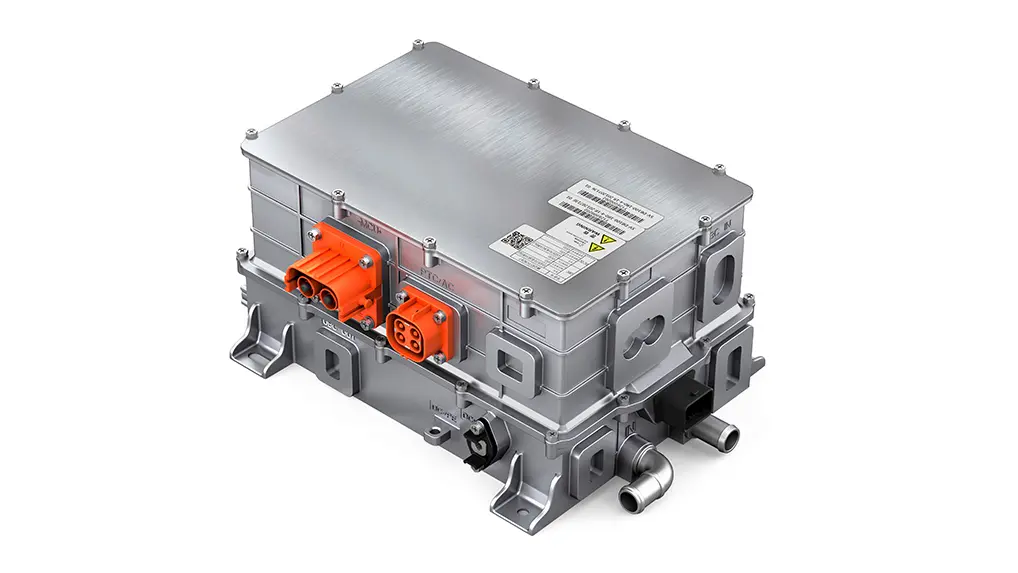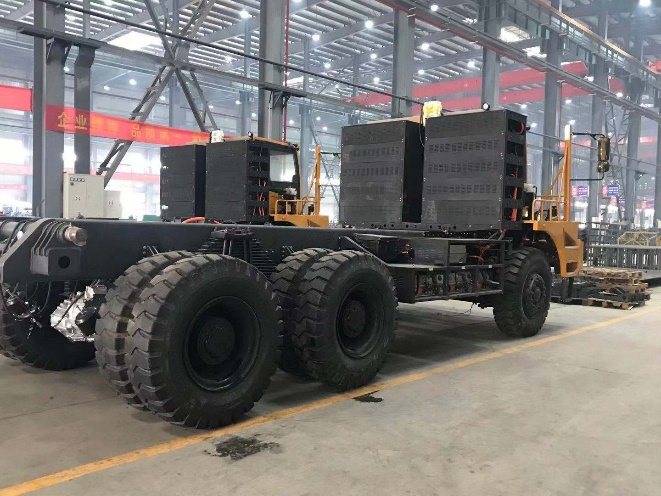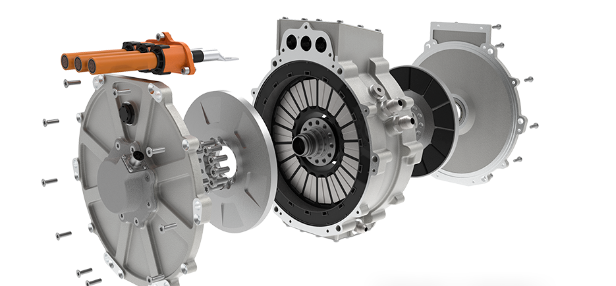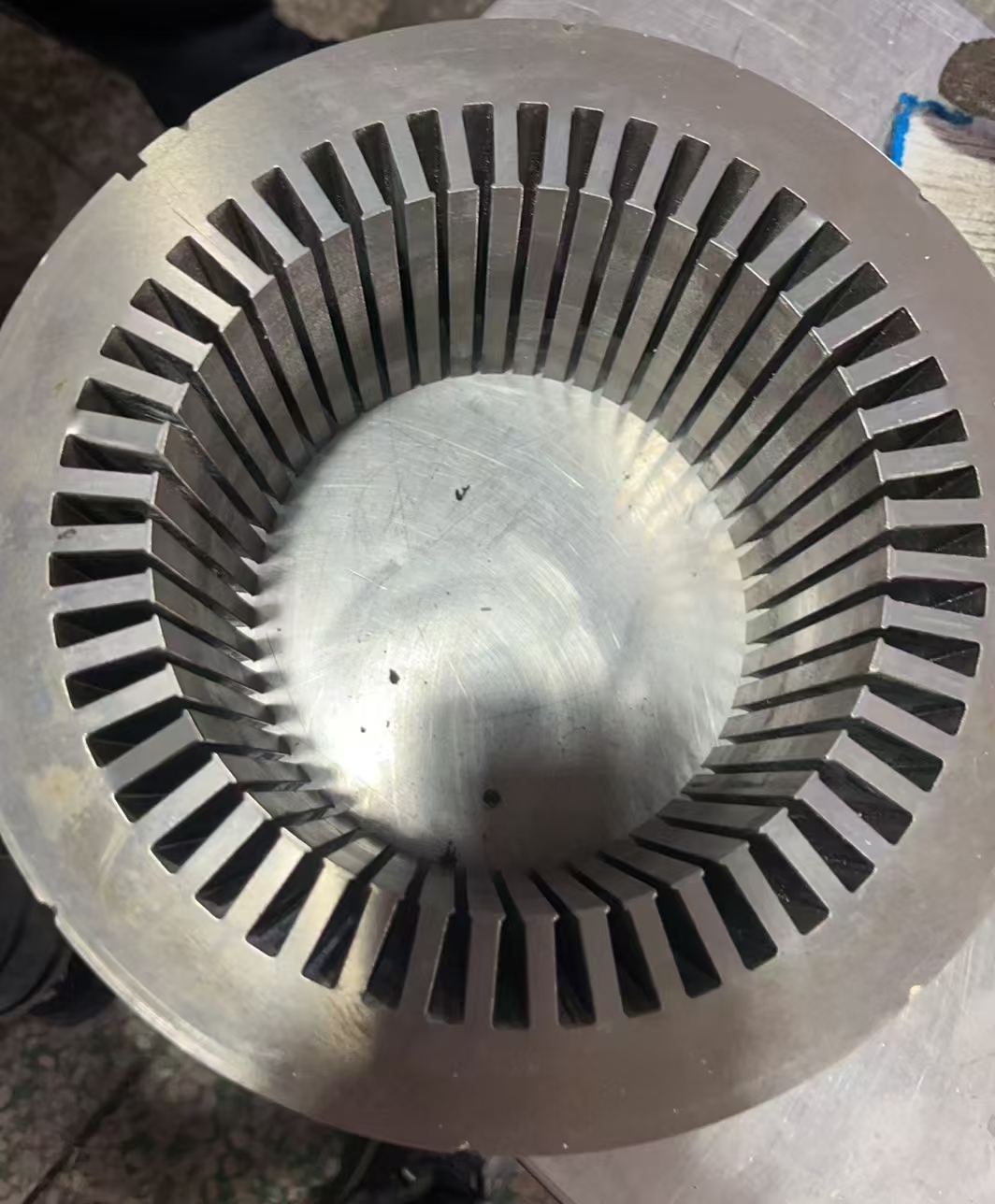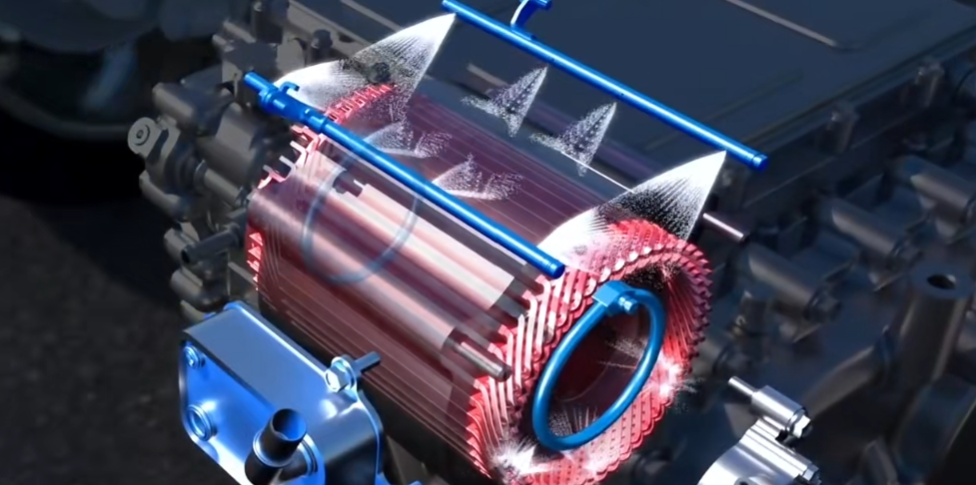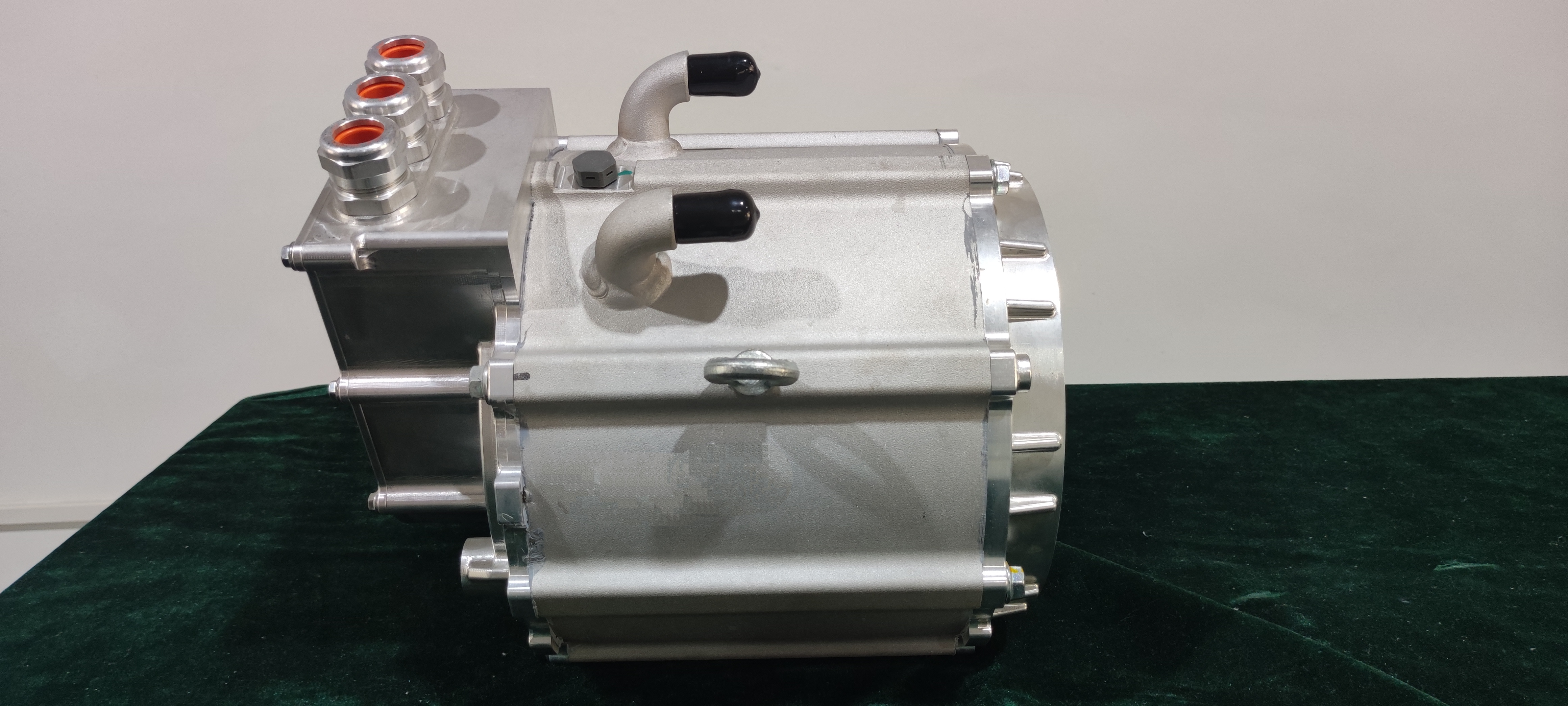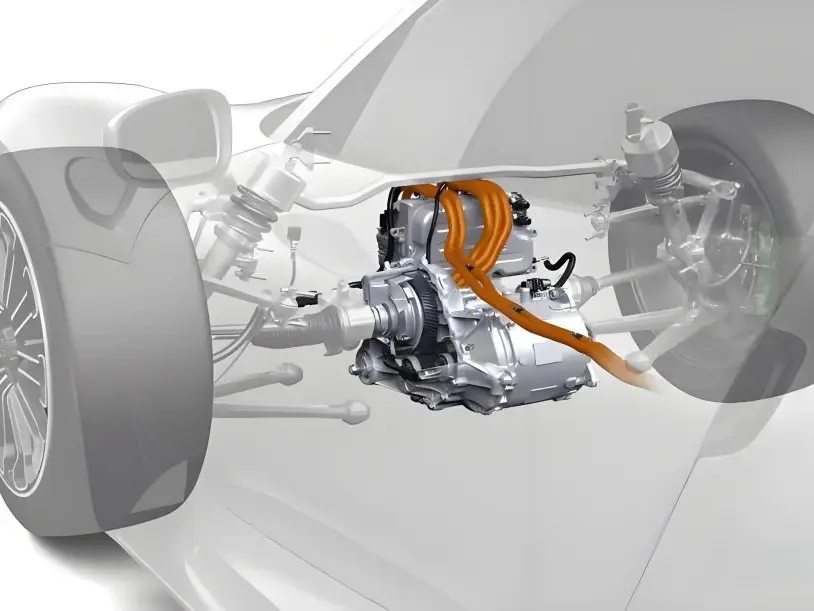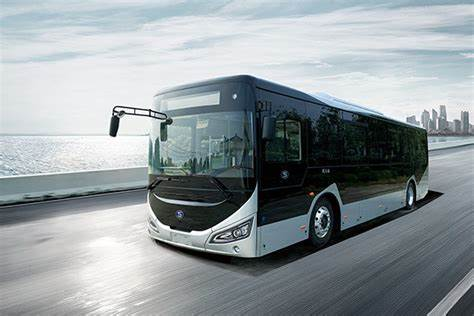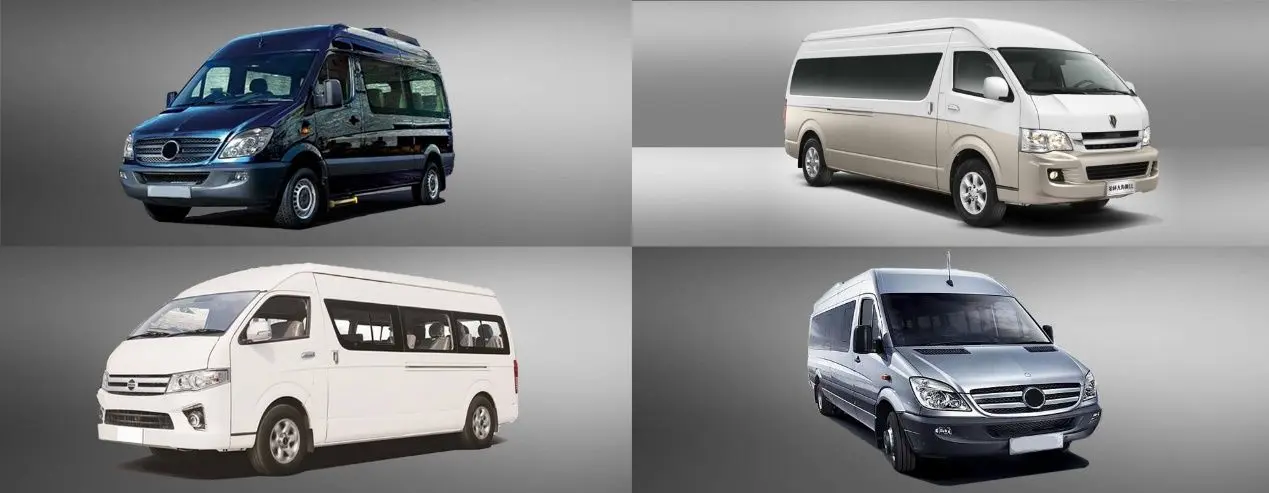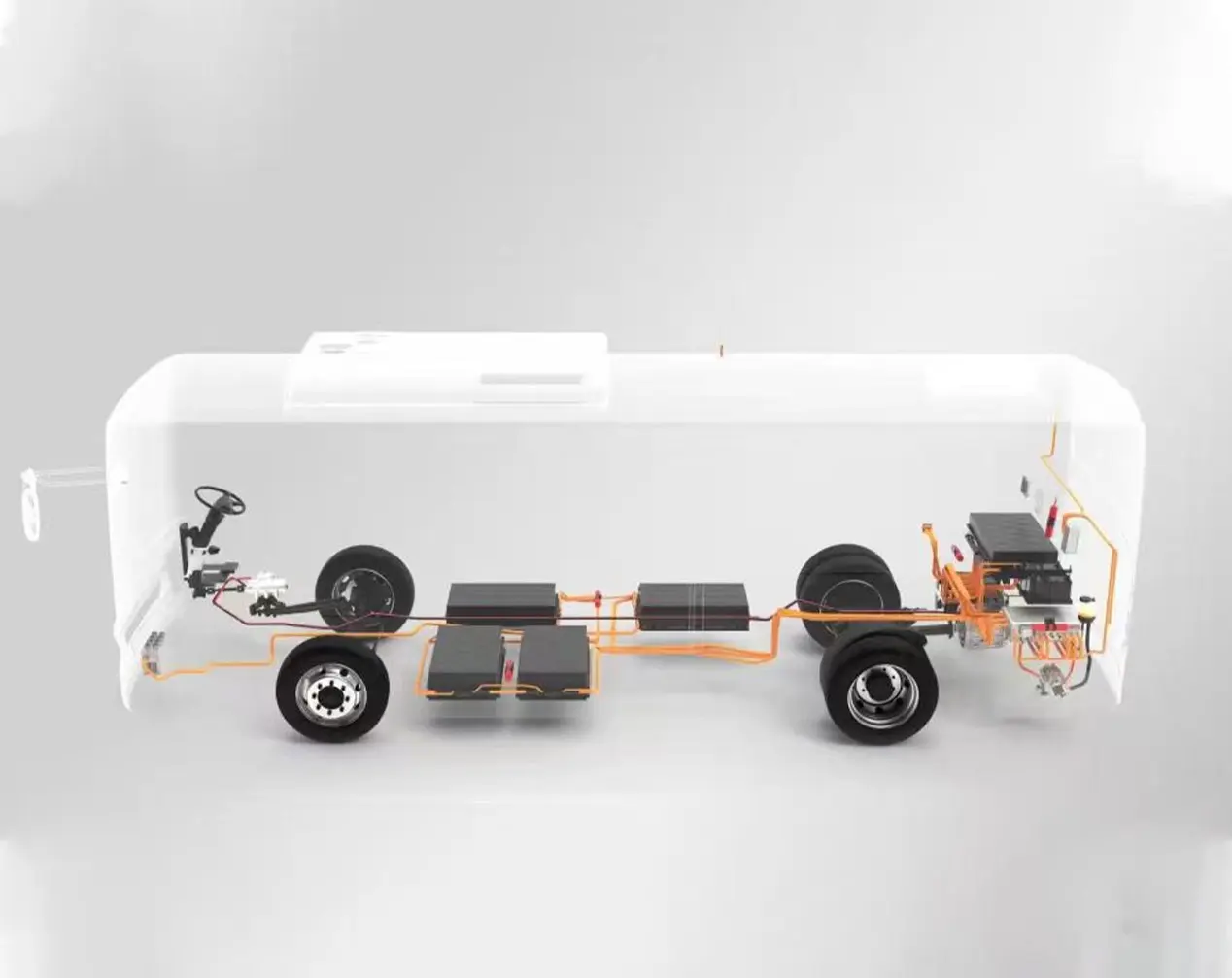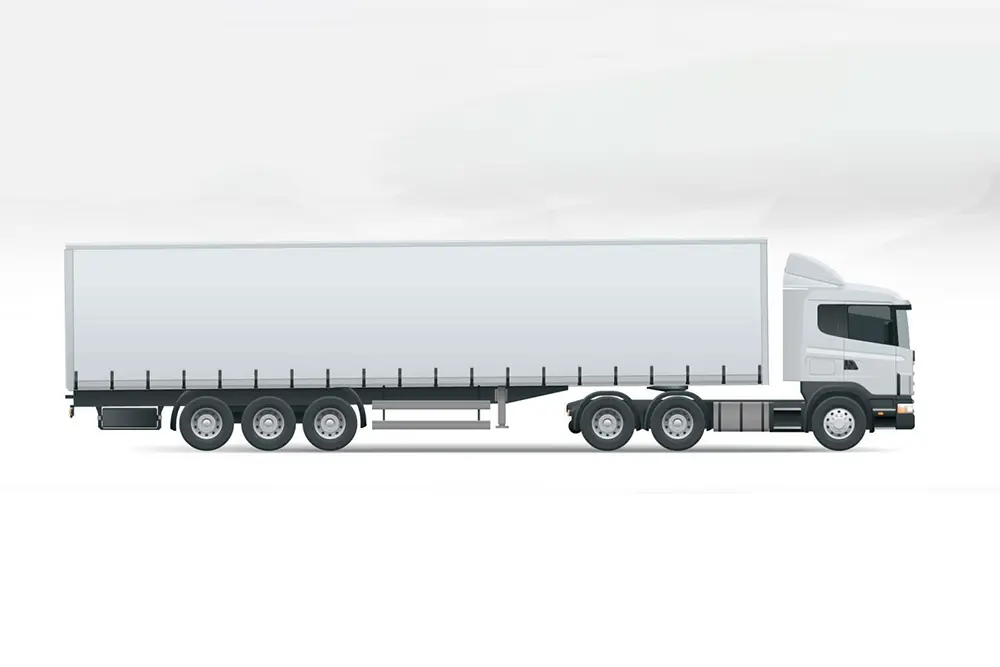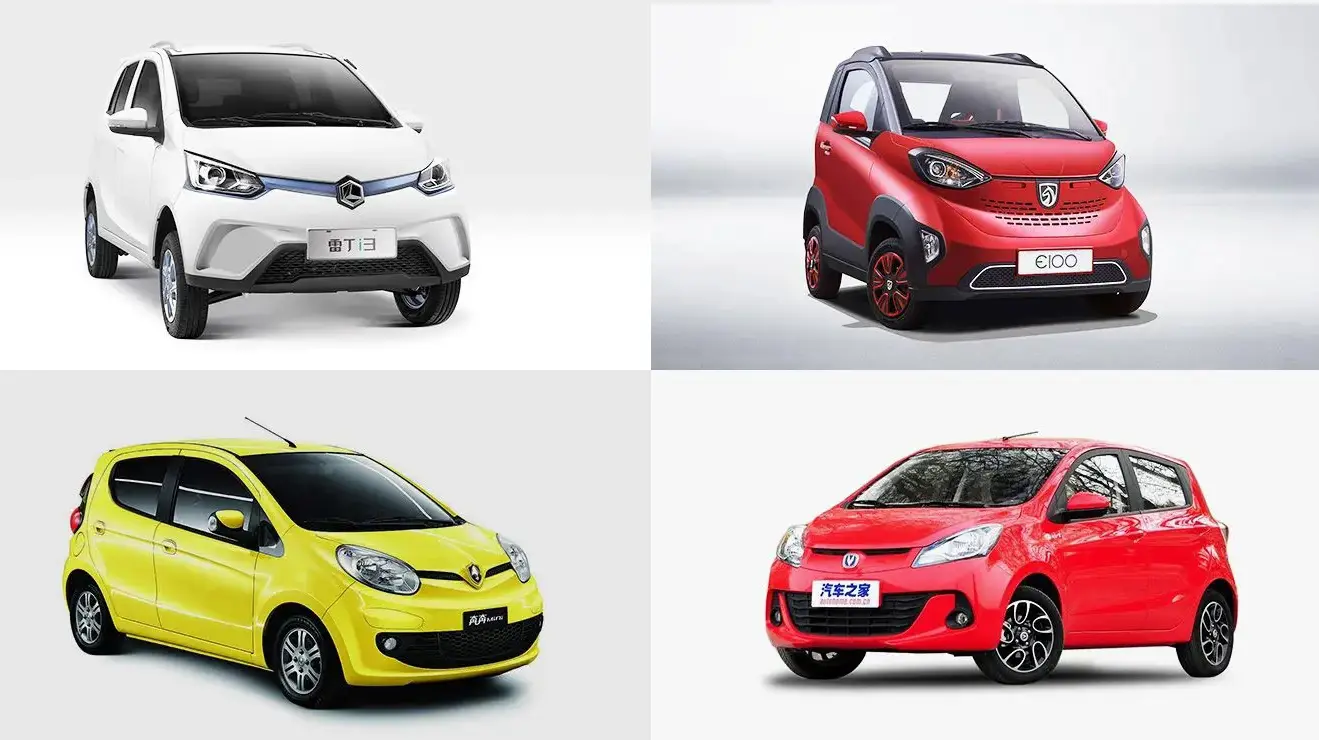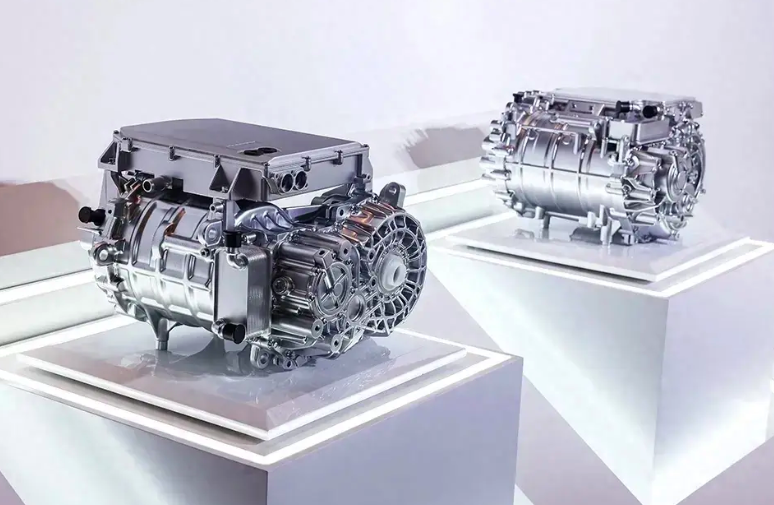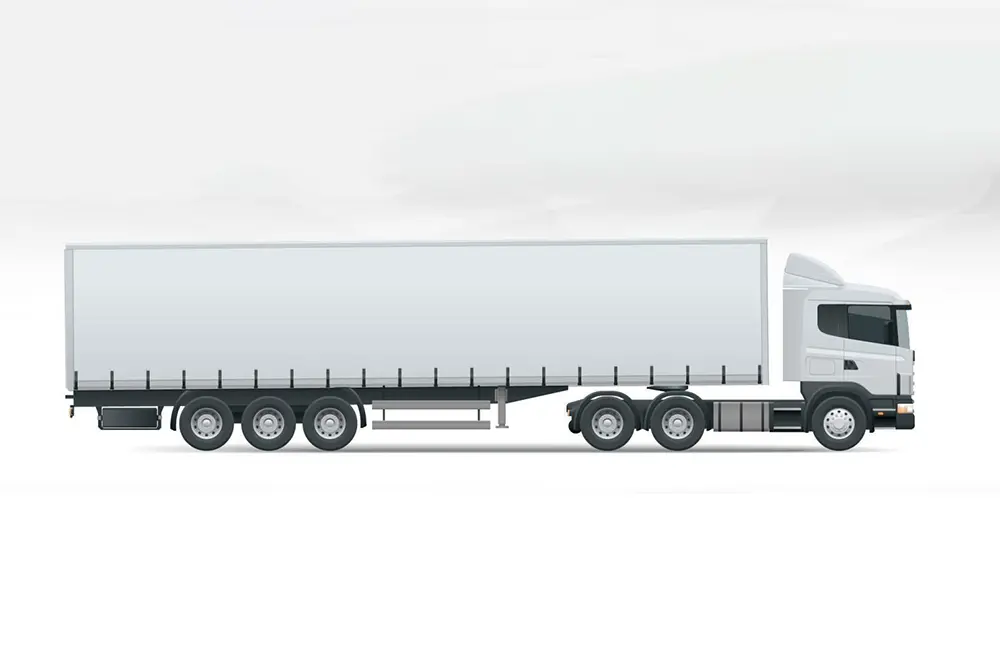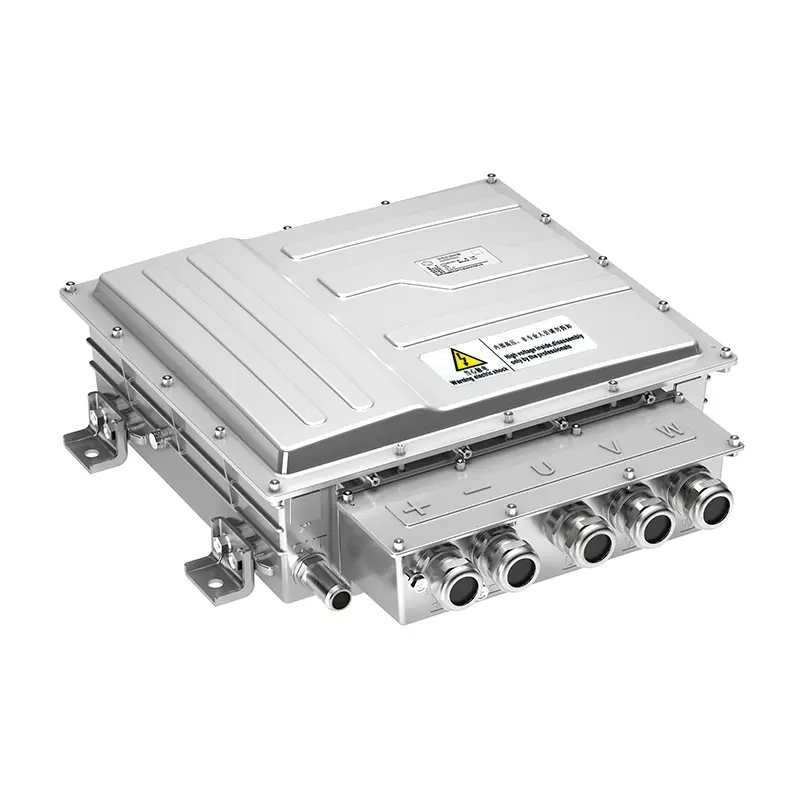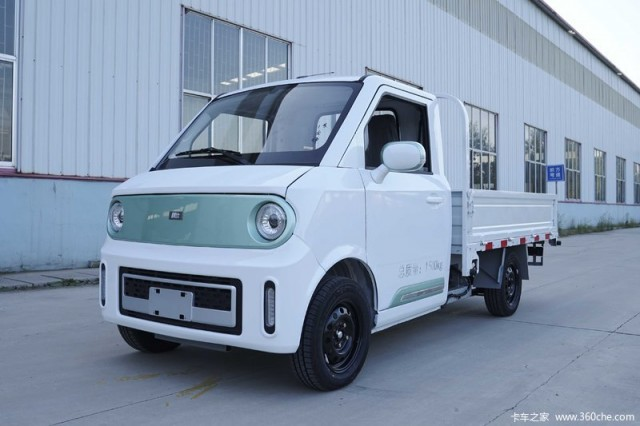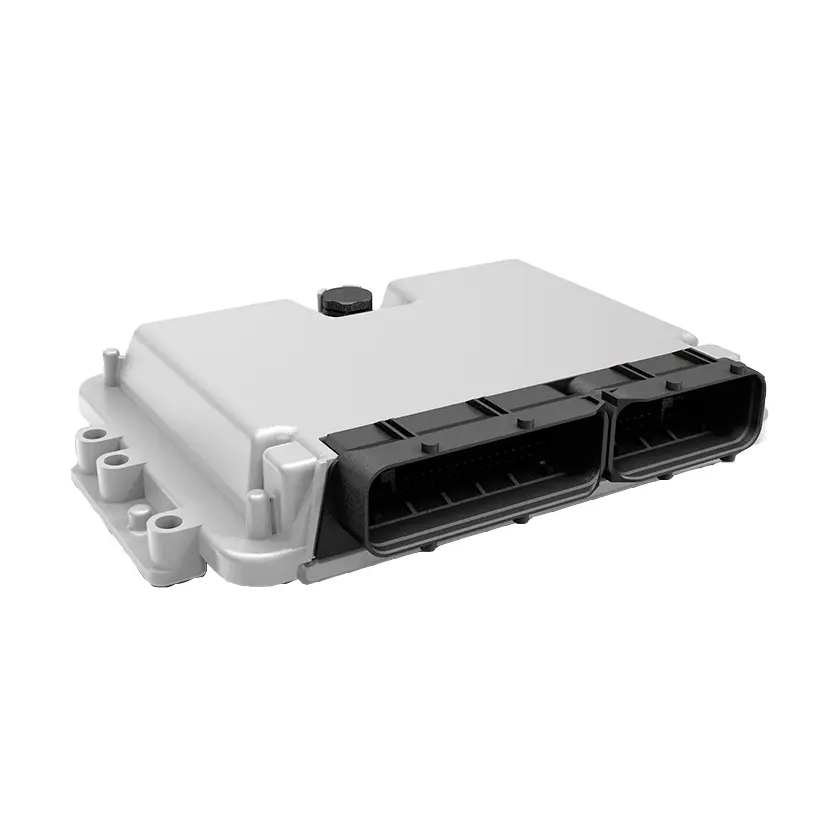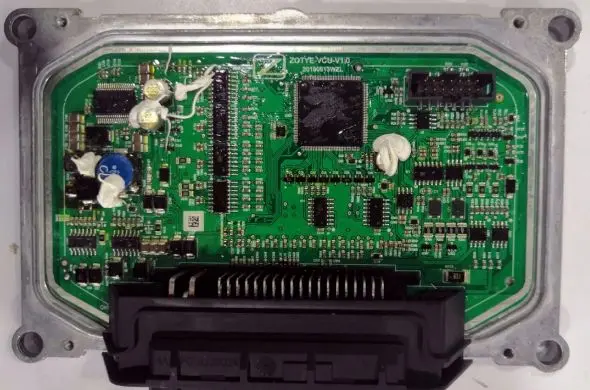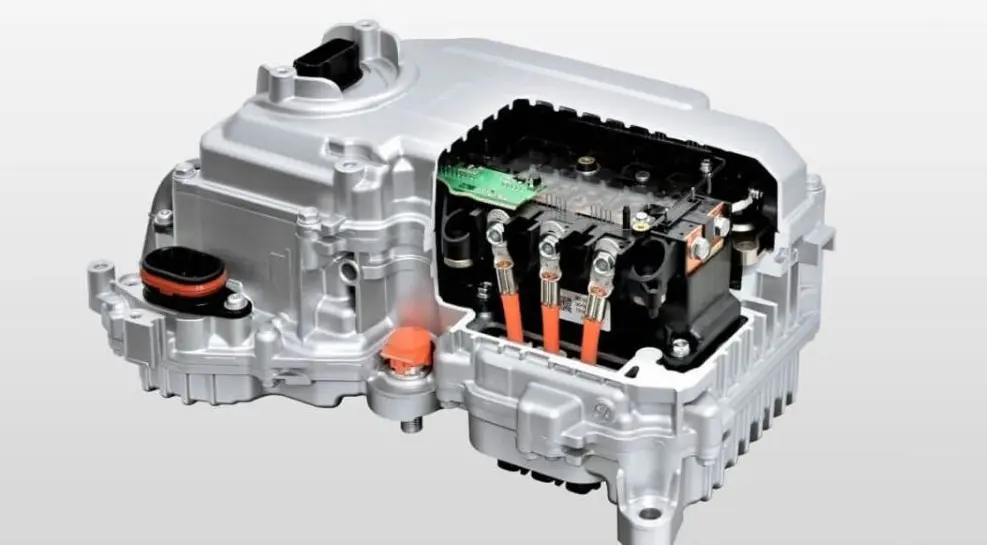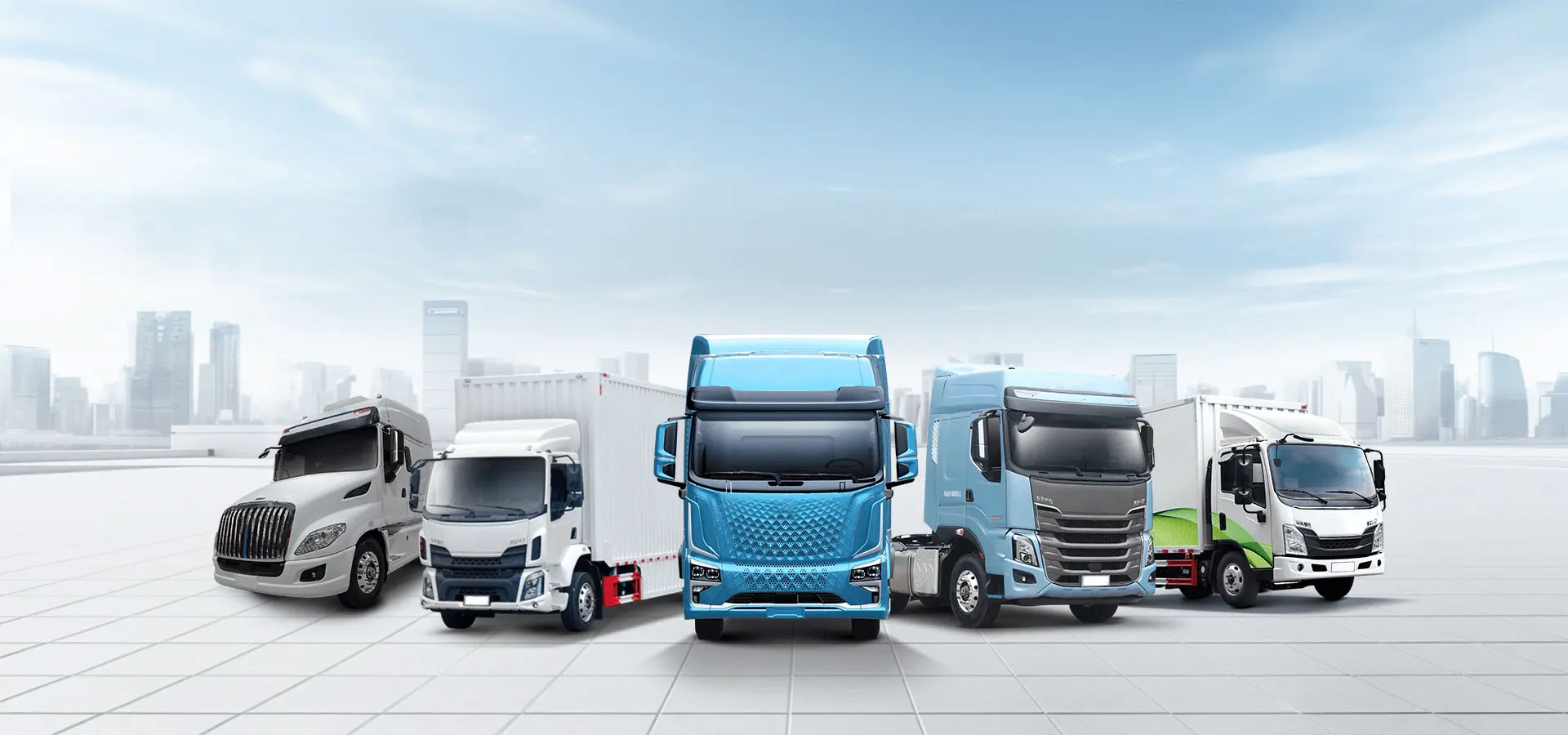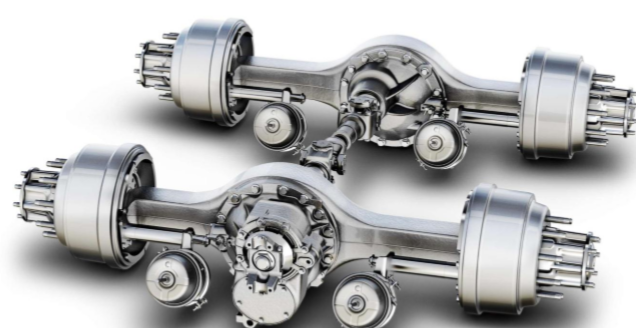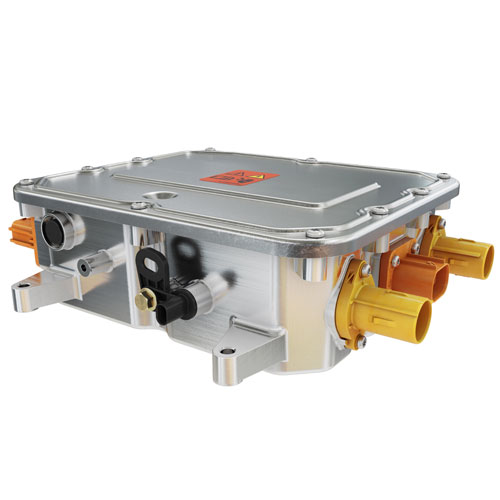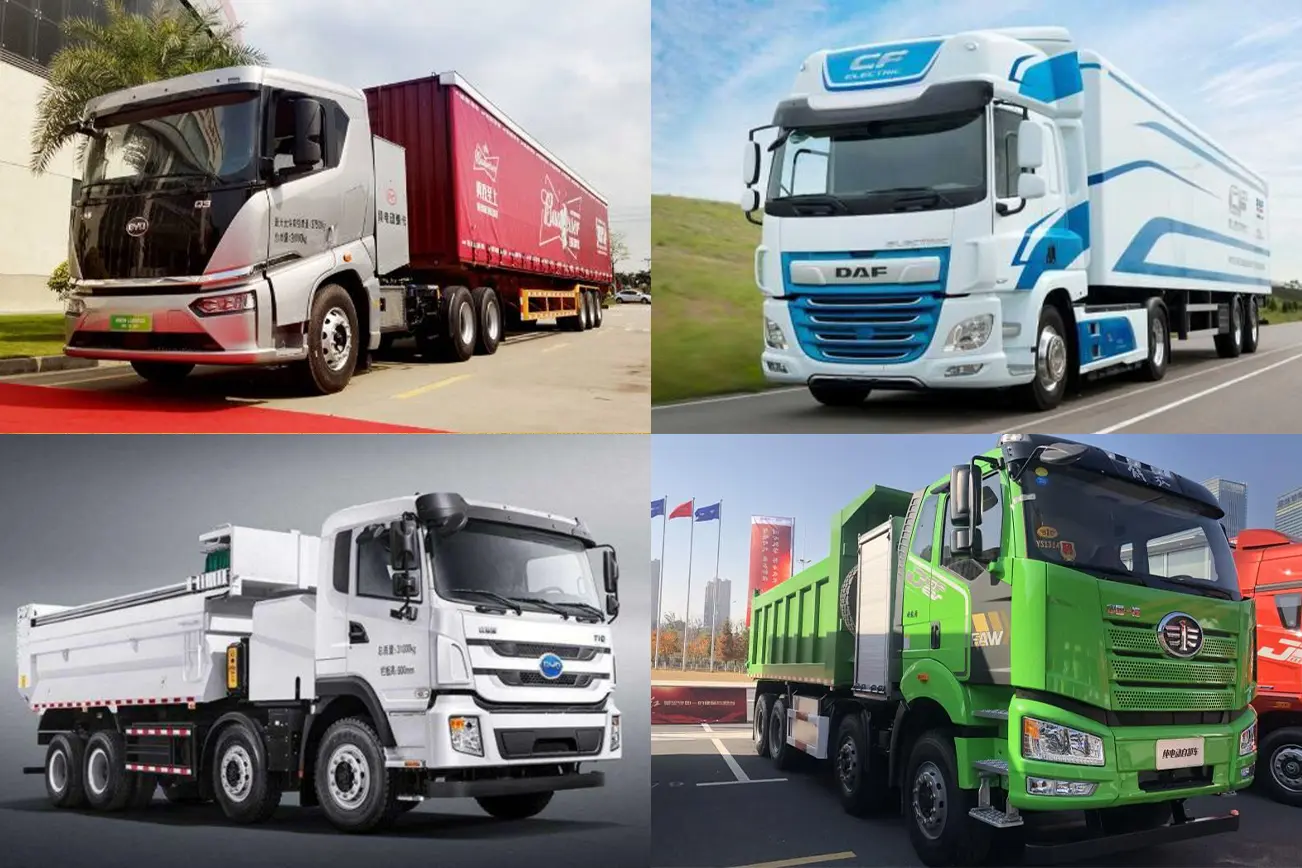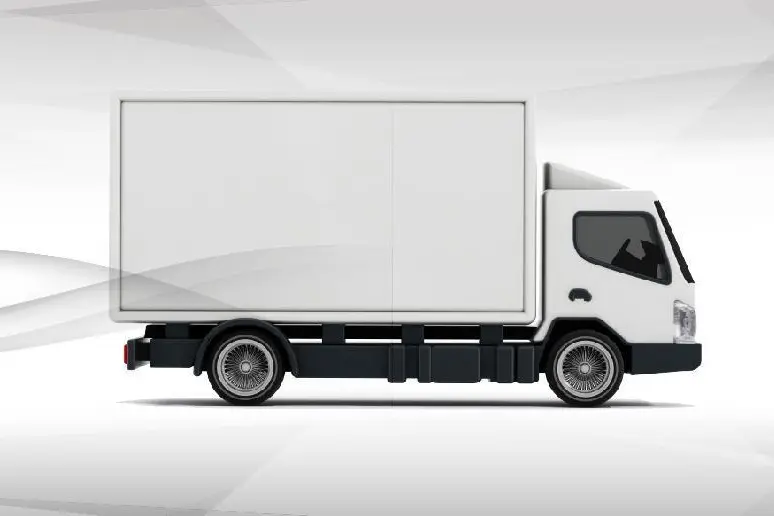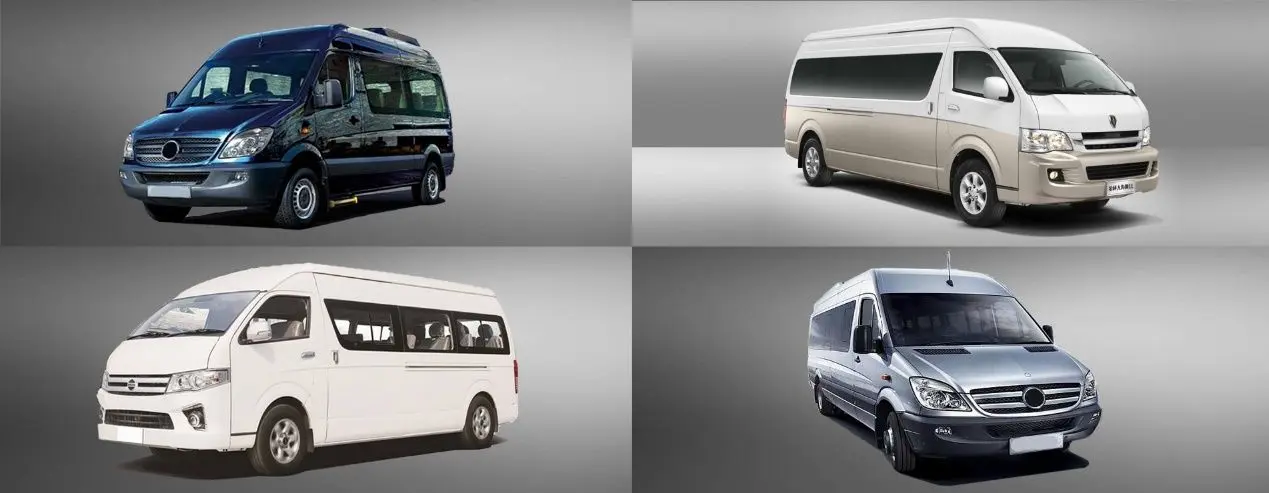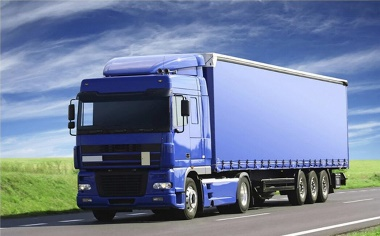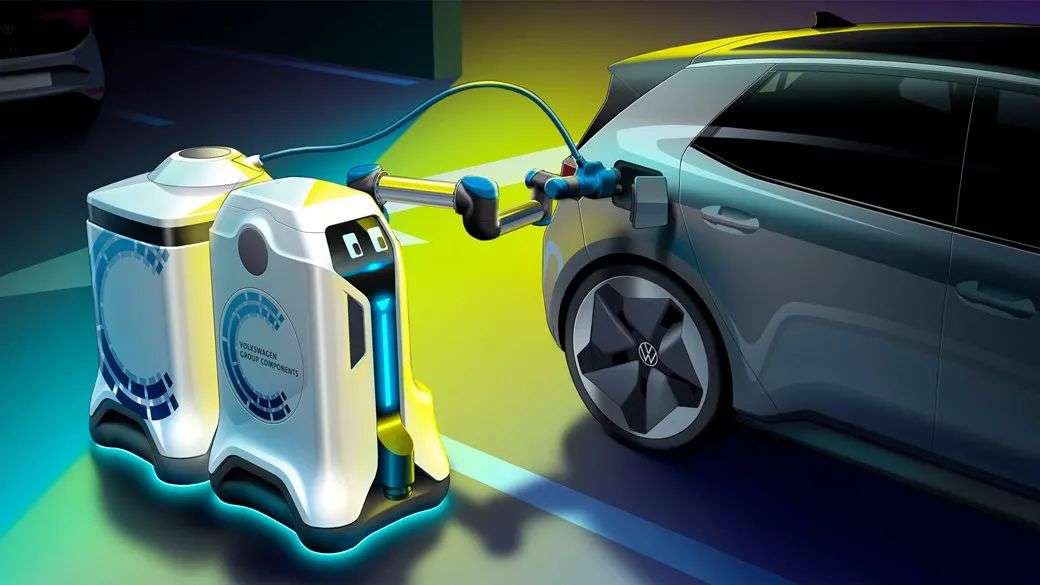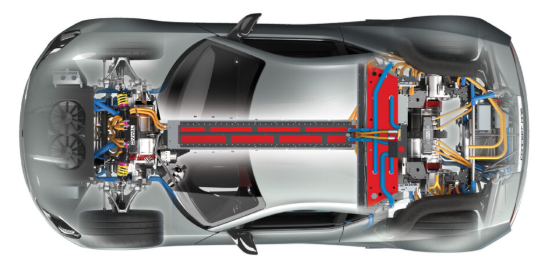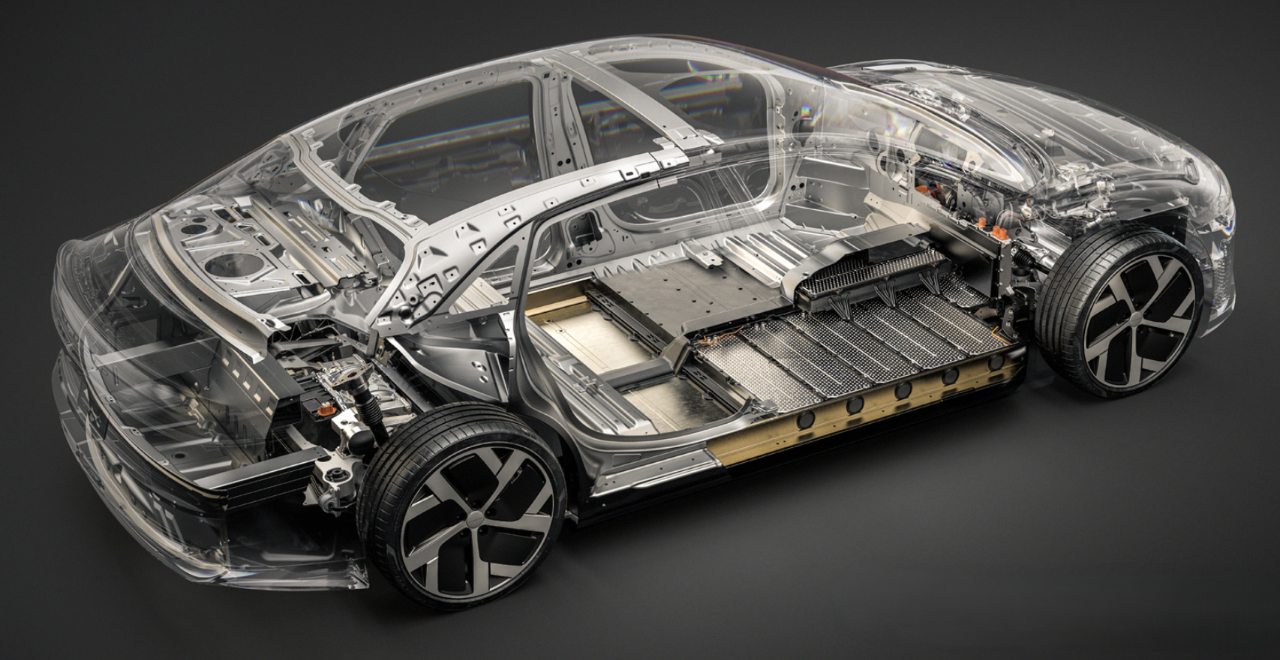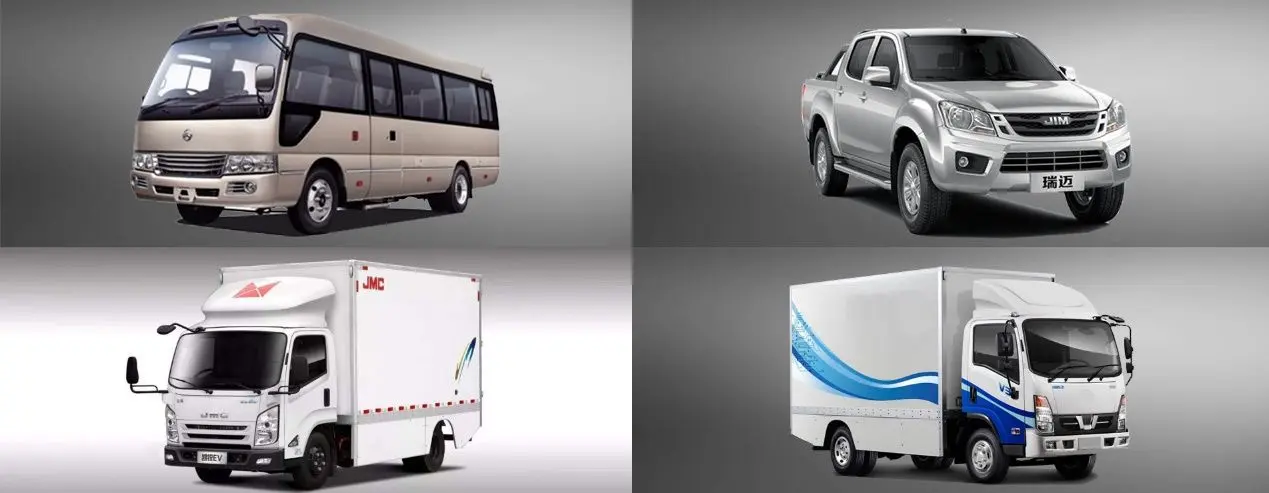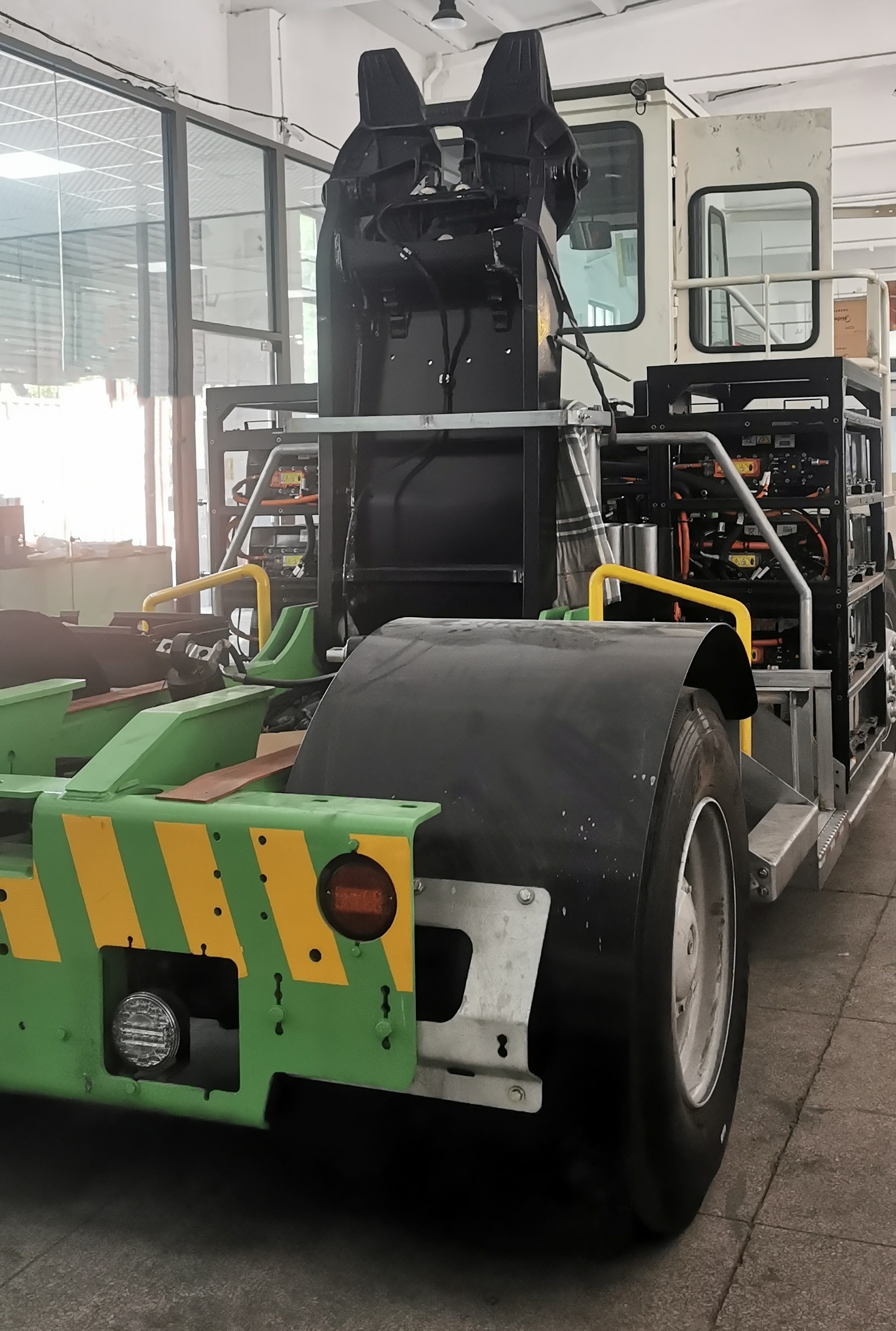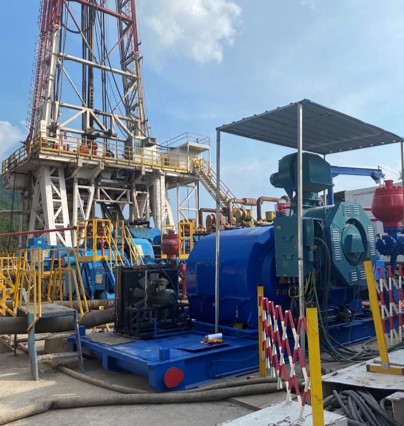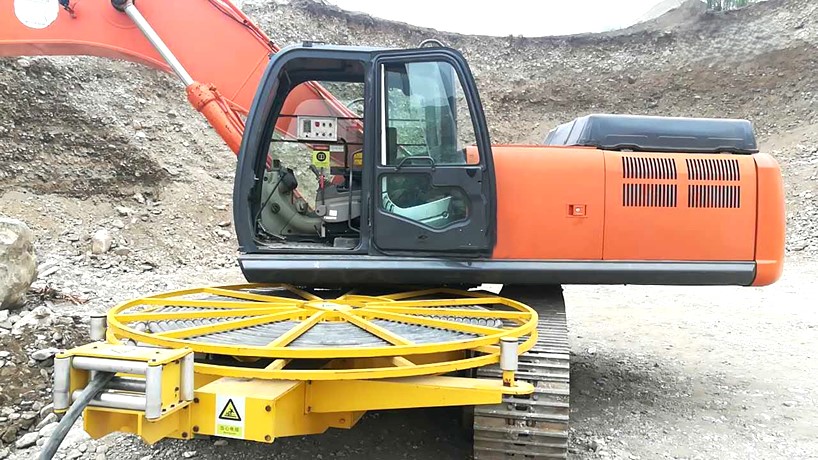The Best Electric Axle Solutions for Efficient Commercial Vehicles
The electric axle is revolutionizing the automotive industry, especially in electric and hybrid vehicles. This innovative electric axle component integrates an electric motor directly into the axle assembly, offering a compact and efficient drive unit that enhances vehicle performance and efficiency. Electric axles (eAxles) serve as vital components in the transition from fossil-fueled fleets to hybrid or fully electric vehicles. Whether in passenger cars, pickup trucks, or heavy-duty trucks, the electric axle plays a crucial role in advancing electric mobility by delivering power and torque more effectively to the wheels.
Electric axles are increasingly used in battery electric vehicles, particularly in commercial and heavy-duty applications, where integrating battery electric powertrains with existing axle configurations is essential for optimal performance. The solution of electric axles for trucks significantly enhances the design of pure electric trucks.
Introduction to Electric Mobility
Electric mobility is transforming the transportation landscape by prioritizing cleaner, more efficient vehicles that reduce carbon emissions. At the core of this shift are electric axles, which seamlessly combine the axle with electric drive components to create a highly efficient and compact unit. In heavy-duty trucks and commercial vehicles, electric axles powered by advanced electric motors and lithium-ion batteries deliver the robust performance needed for demanding applications, while also minimizing emissions.
The integration of electric motors directly into the axle housing allows for a significant reduction in overall vehicle weight and maximizes available space. This compact design is not only ideal for heavy-duty trucks but also benefits pickup trucks and passenger cars, enabling manufacturers to offer more range and improved efficiency. As electric mobility continues to gain momentum, electric axles are proving to be the perfect solution for a wide variety of vehicles, delivering maximum efficiency, lower emissions, and a streamlined electric drive system that supports the future of sustainable transportation.
What is an Electric Axle? Electric Axle in Electric and Hybrid Vehicles
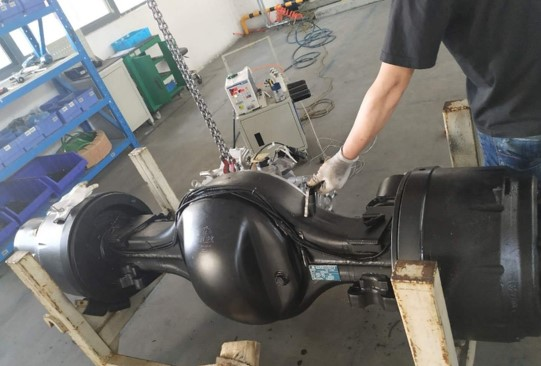
An electric axle, often referred to as an e axle, is a modular solution that combines several key components into a single compact unit. It typically includes one or two electric motors, a gearbox, power electronics such as an inverter, and the axle housing itself. The latest generation of eAxles incorporates the motor and transmission into one unit, resulting in lower weight compared to separate components. Electric axles may also integrate a differential, which is essential for distributing torque between wheels and ensuring compatibility with various vehicle designs. This integration reduces the overall weight and space requirements compared to traditional powertrains, making it suitable for a wide range of vehicle types, from light-duty passenger cars to heavy-duty commercial vehicles and electric semis.
The electric axle replaces the conventional rear axle or front axle drive system by incorporating high-speed motors directly into the axle assembly. This design improves the power output and torque delivery while maintaining maximum efficiency. Furthermore, the e axle supports regenerative braking, which recovers energy during deceleration and extends the vehicle’s range.
To explore detailed electric axle products and innovations, visit Pumbaa EV's product catalog.
Key Components of an Electric Axle and Electric Drive System
The electric axle system consists of several essential components that work together to deliver efficient electric drive performance:
-
Electric Motor(s): The heart of the axle, these can be single motor or two electric motors, depending on the vehicle’s power requirements.High-speed motors are commonly used to achieve better efficiency and power density.
-
Axle Housing: This structural component supports the motor and transmission, ensuring durability and reliability, especially in heavy-duty applications.
-
Gearbox: Integrated within the electric axle, the gearbox optimizes torque and speed to suit different driving conditions. Proper gearing is essential for optimizing torque transfer and adapting the electric axle to different vehicle requirements.
-
Power Electronics: This includes the inverter and control units that manage power delivery from the battery to the motor, ensuring smooth and efficient operation. Inverters are a critical part of the system, converting DC battery power to AC for the electric motors, and are often mounted on the chassis or axle for durability.
-
Brakes: Often integrated with the axle, the braking system supports regenerative braking and enhances safety.
Together, these components form a compact and efficient system that simplifies the powertrain architecture, reducing maintenance needs and improving overall vehicle performance.
Electric Motors in Vehicle Design
Electric motors are fundamental to the design and performance of electric or hybrid vehicles, providing the power and efficiency needed for modern transportation. In heavy-duty trucks and electric semis, high-speed electric motors—capable of reaching up to 35,000 RPM—deliver the rapid acceleration and sustained power output required for commercial operations. Electric vehicles (EVs) have the power and capacity to compete with traditional diesel-powered vehicles. Many advanced vehicles utilize two electric motors within a single axle to further boost performance, offering greater torque and improved handling, especially under heavy loads.
The integration of electric motors with regenerative braking systems is another key advantage, allowing vehicles to capture and reuse kinetic energy during braking, which enhances overall energy efficiency. To achieve optimal performance, electric motors must be carefully coordinated with other key components such as the axle housing, gearbox, and power electronics. This ensures that the entire system operates efficiently, delivering smooth power to the wheels while maintaining reliability and minimizing energy loss. As electric and hybrid vehicles continue to evolve, the role of electric motors in delivering efficient, high-performance solutions becomes ever more critical.
Axle Housing and Design
The axle housing is a vital element in the construction of electric axles, serving as the backbone that supports the vehicle’s weight and transmits power from the electric motor to the wheels. In both heavy-duty and light-duty vehicles, the design of the axle housing must address challenges such as vibration, weight, and ease of maintenance to ensure a reliable and efficient system. Compact axle designs are particularly beneficial for light-duty vehicles, as they help reduce overall weight and improve efficiency without sacrificing strength.
For heavy-duty applications, modular axle solutions offer enhanced flexibility and customization, allowing manufacturers to tailor the axle to specific vehicle requirements. The use of advanced materials and innovative manufacturing techniques further strengthens the axle housing while keeping weight to a minimum. This not only improves vehicle performance and efficiency but also extends the lifespan of the system by reducing wear and tear. Ultimately, a well-designed axle housing is essential for delivering the power, durability, and efficiency that modern electric vehicles demand.
Advantages of Using Electric Axles in Electric and Hybrid Vehicles
Electric axles offer numerous benefits that make them highly suitable for electric and hybrid vehicles:
-
Compact Design and Space Efficiency: By integrating multiple components into a single unit, electric axles save valuable space within the chassis. This allows for more flexible vehicle designs and the potential to include larger batteries or fuel cells.
-
Improved Efficiency and Performance: The direct integration of high-speed motors and optimized gearboxes ensures maximum efficiency and power output, resulting in better acceleration and driving dynamics.
-
Reduced Weight: The modular solution reduces the weight of the powertrain, which contributes to increased range and reduced energy consumption.
-
Enhanced Reliability and Reduced Maintenance: With fewer moving parts compared to traditional drivetrains, electric axles reduce the risk of mechanical failures and lower maintenance costs.
-
Support for Regenerative Braking: This feature recovers energy during braking, improving the overall energy efficiency and extending the driving range of electric and hybrid vehicles.
-
Versatility Across Vehicle Types: Electric axles are suitable for a broad spectrum of vehicles, including light-duty passenger cars, pickup trucks, heavy-duty trucks, and commercial vehicles such as electric semis.
-
Adaptability to Suspension Systems: Electric axles can be integrated with various suspension setups, including solid axles, e-axles, and independent suspension systems like IRS or De Dion. This adaptability enhances vehicle performance and makes electric conversions more feasible across different vehicle platforms.
Applications of Electric Axles in Different Vehicle Types and Electric Mobility
The adaptability of electric axles makes them an excellent choice across various vehicle categories:
-
Passenger Cars and Pickup Trucks: In these light-duty vehicles, single-motor electric axles provide sufficient power and torque while maintaining a compact design. This supports electric mobility by offering more range and better fuel efficiency.
-
Hybrid Vehicles and Series Hybrid Systems: Electric axles can be integrated into hybrid powertrains, combining an internal combustion engine with electric drive units to optimize performance and reduce emissions.
-
Heavy Duty Trucks and Commercial Vehicles: For heavy-duty applications, electric axles often feature two electric motors to deliver the high power and torque needed for demanding tasks. These systems support electric semis and fuel cell trucks, enhancing efficiency and reducing the environmental footprint. When integrating electric axles into these vehicles, careful consideration of the vehicle frame is essential to ensure proper support and durability for the drive unit, motors, and gearbox.
-
Electric Semis and Fuel Cell Vehicles: The high power output and modular design of electric axles make them ideal for large commercial vehicles that require reliable and efficient electric drive solutions. EVs are becoming a choice for last-mile deliveries as businesses strive for carbon reduction.
Fuel Cell Technology and Its Integration with Electric Axles
Fuel cell technology is emerging as a powerful alternative for zero-emissions vehicles, especially in the commercial and heavy-duty truck sectors. A fuel cell generates electricity through a chemical reaction between hydrogen and oxygen, producing only water and heat as byproducts. When integrated with electric axles, fuel cells create a perfect solution for commercial vehicles by combining the high efficiency and performance of electric drive systems with the extended range and rapid refueling capabilities of hydrogen power.
The synergy between fuel cells and electric axles offers several advantages, including increased efficiency, reduced emissions, and enhanced vehicle performance. However, successful integration requires careful consideration of system cost, available space within the chassis, and ongoing maintenance needs. As fuel cell technology continues to advance and costs decrease, more manufacturers are exploring its use in heavy-duty trucks and buses, aiming to deliver efficient, reliable, and environmentally friendly transportation solutions. The future of commercial vehicles is likely to see a growing adoption of fuel cell-powered electric axles, driving progress toward cleaner and more sustainable mobility.
The Business Case for Electric Axles and Hybrid Vehicles
Adopting electric axles offers a compelling business case for manufacturers and fleet operators alike. The compact unit reduces vehicle weight and space requirements, enabling the inclusion of larger batteries or alternative fuel sources like fuel cells. This leads to more range and improved energy efficiency, which are critical factors for commercial viability.
Moreover, electric axles contribute to lower maintenance costs due to their simplified design and reduced number of components. The enhanced reliability reduces downtime and operational risks, making them attractive for heavy-duty and commercial vehicle fleets.
The modular nature of the e axle also supports scalability and customization, allowing manufacturers to tailor powertrain solutions to specific vehicle types and applications. This flexibility helps meet diverse market demands while optimizing production costs.
Conclusion: Electric Axle Driving the Future of Electric and Hybrid Vehicles
The electric axle represents a significant advancement in electric drive technology, offering a compact, efficient, and reliable solution for a wide range of electric and hybrid vehicles. By integrating key components such as electric motors, gearboxes, and power electronics into a single unit, electric axles enhance vehicle performance, increase range, and reduce maintenance needs.
From light-duty passenger cars and pickup trucks to heavy-duty commercial vehicles and electric semis, the electric axle is a versatile and essential component driving the future of electric mobility. Its ability to deliver maximum efficiency, power output, and torque while minimizing weight and space makes it a cornerstone technology in the transition toward sustainable transportation.
Explore our related articles on hybrid vehicles and electric mobility advancements to learn how electric axles fit into the broader context of sustainable transportation.









